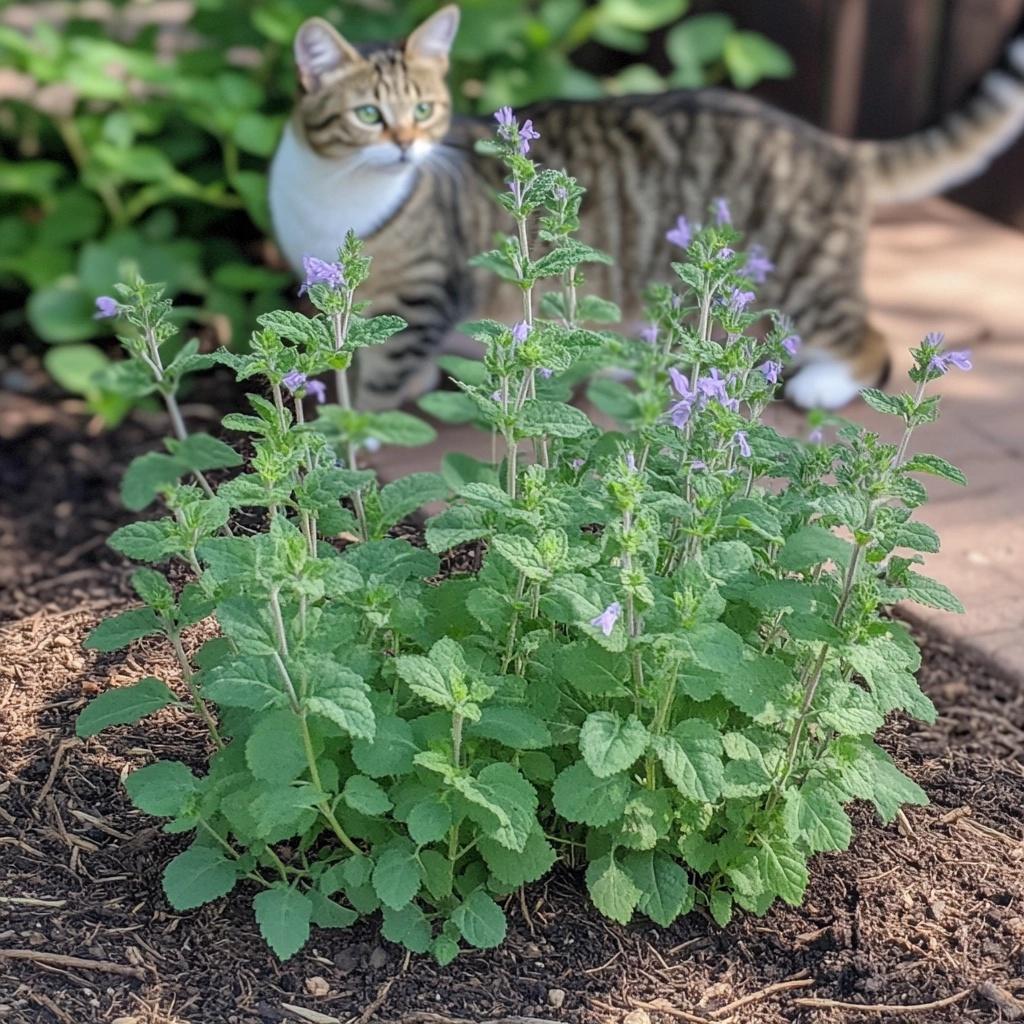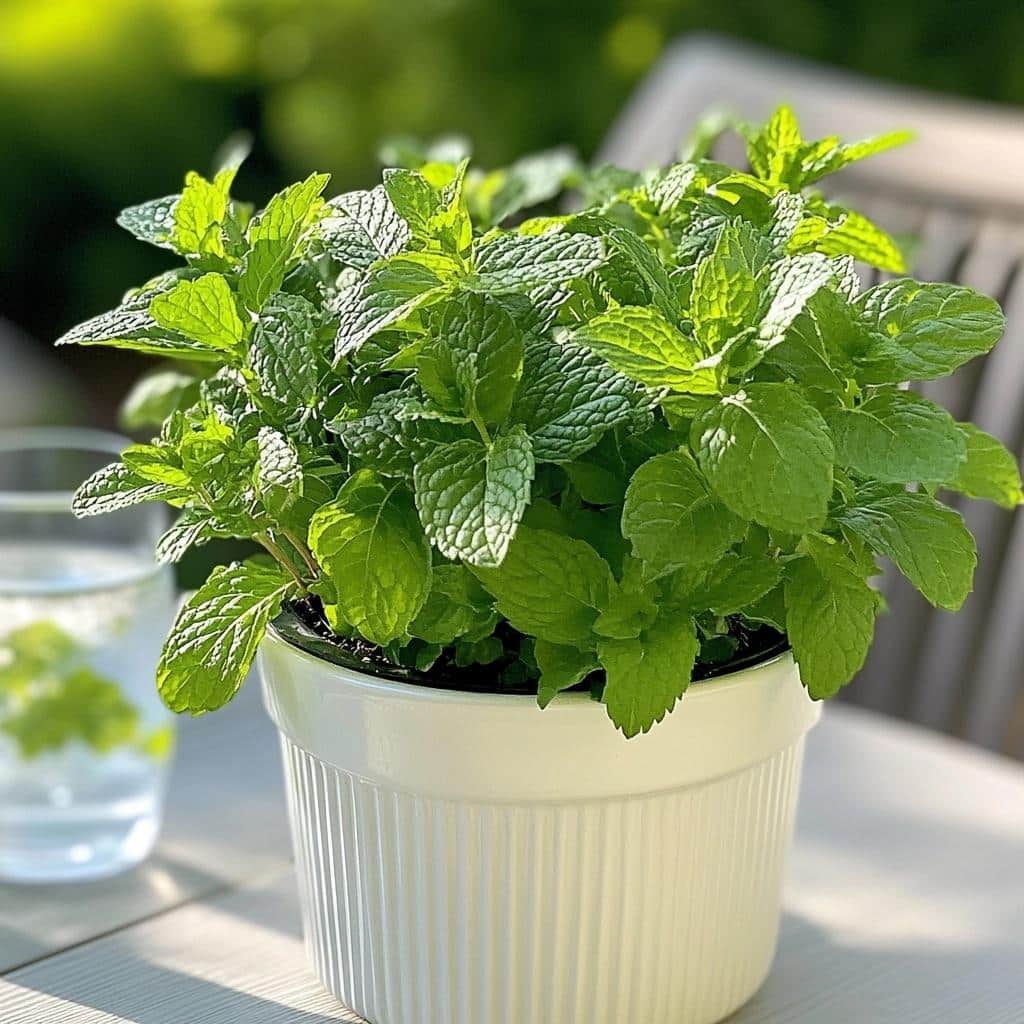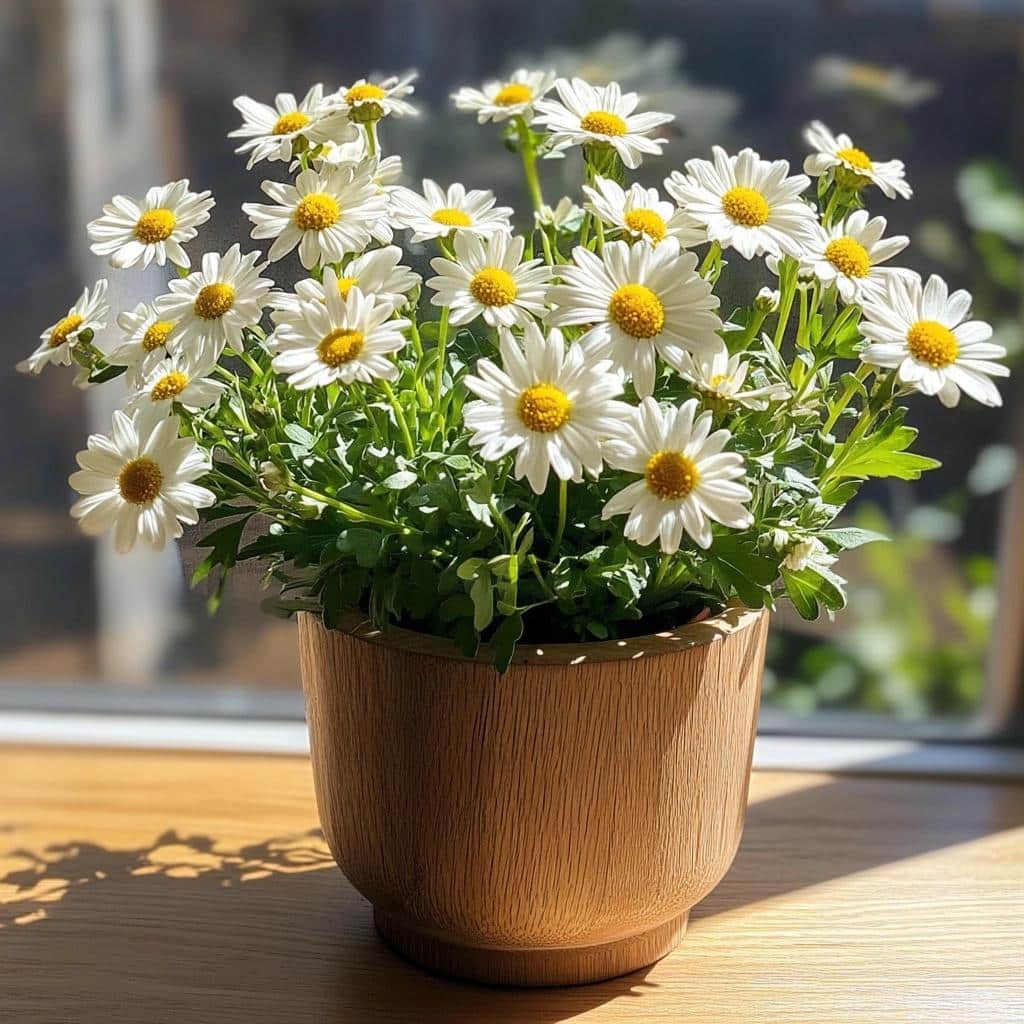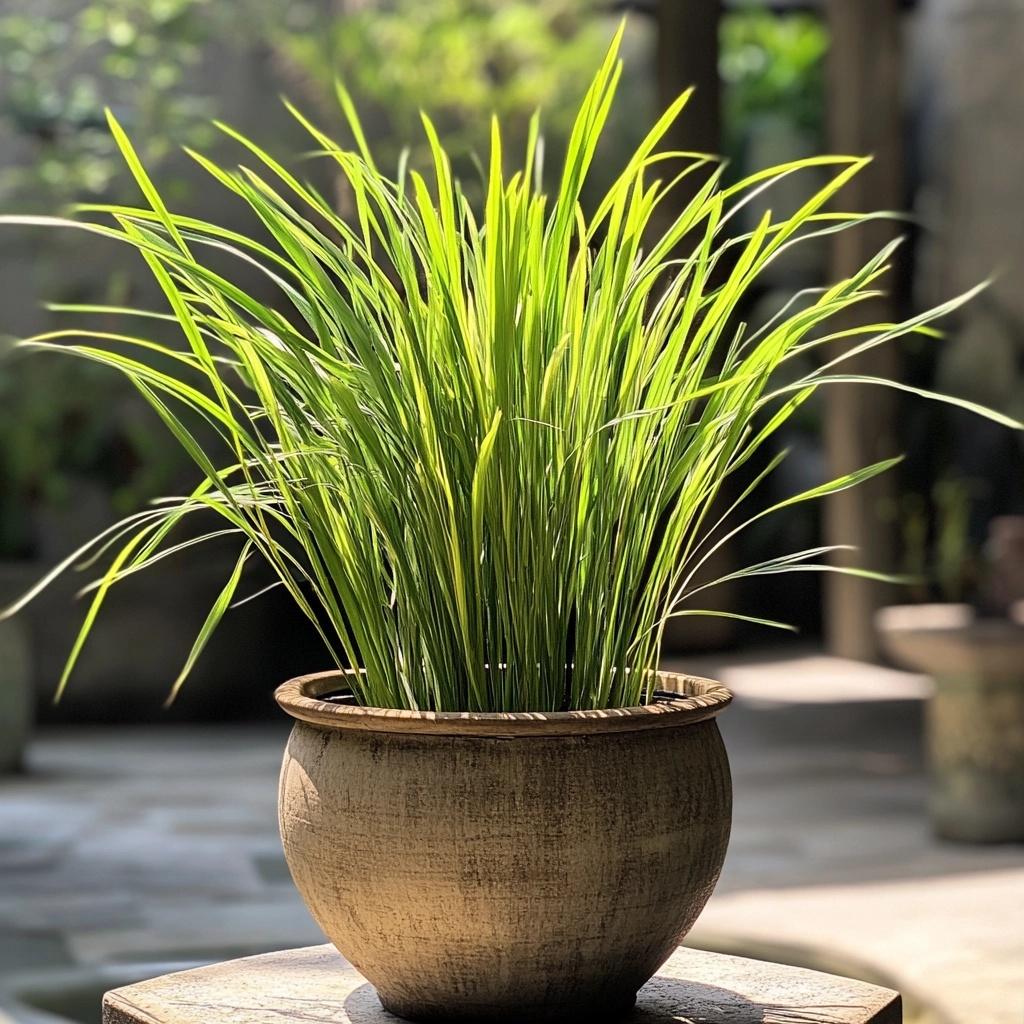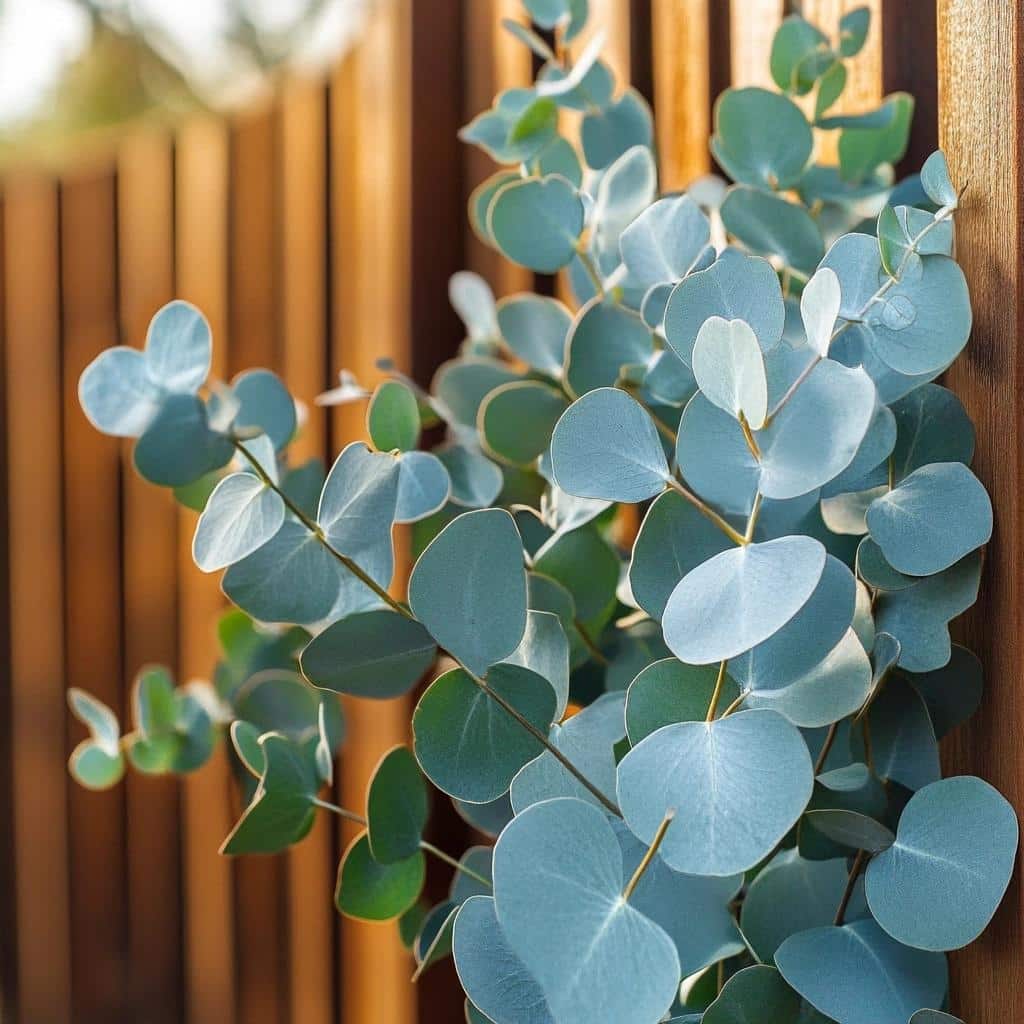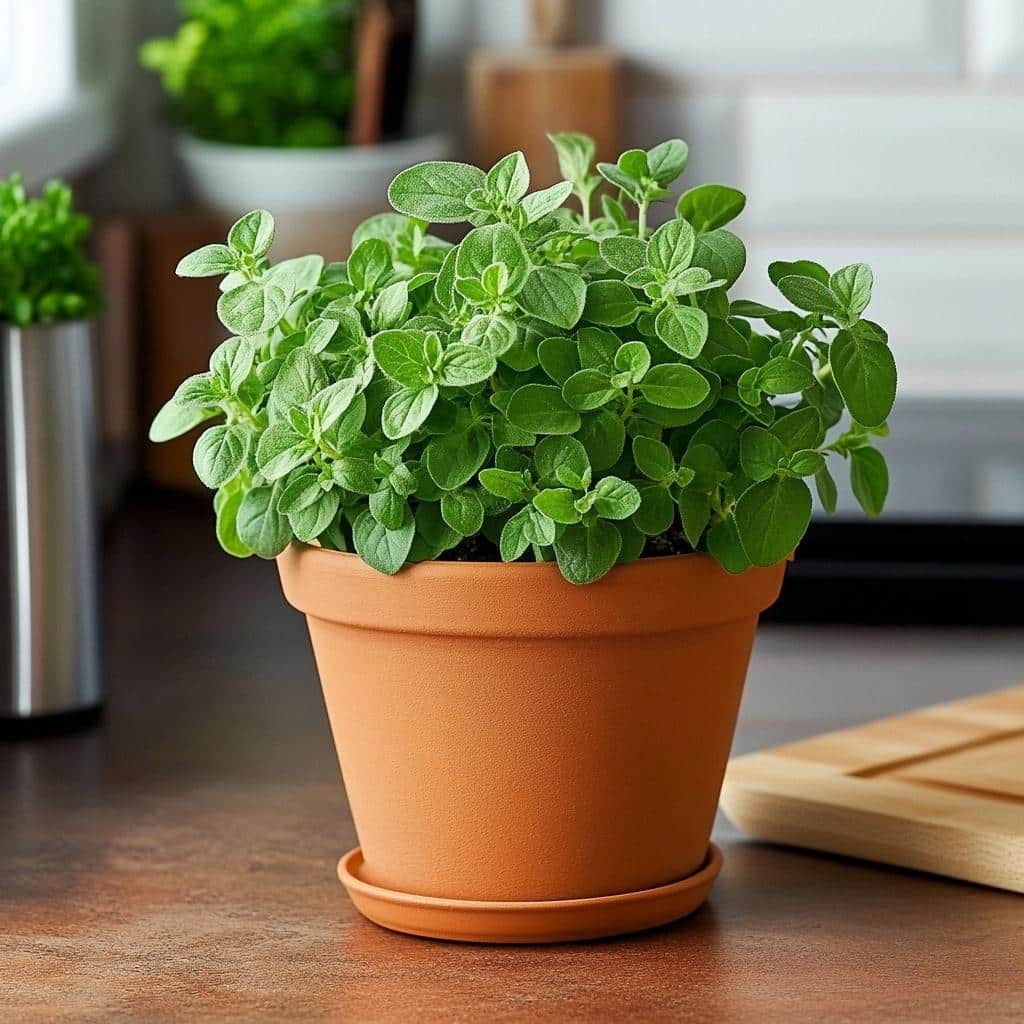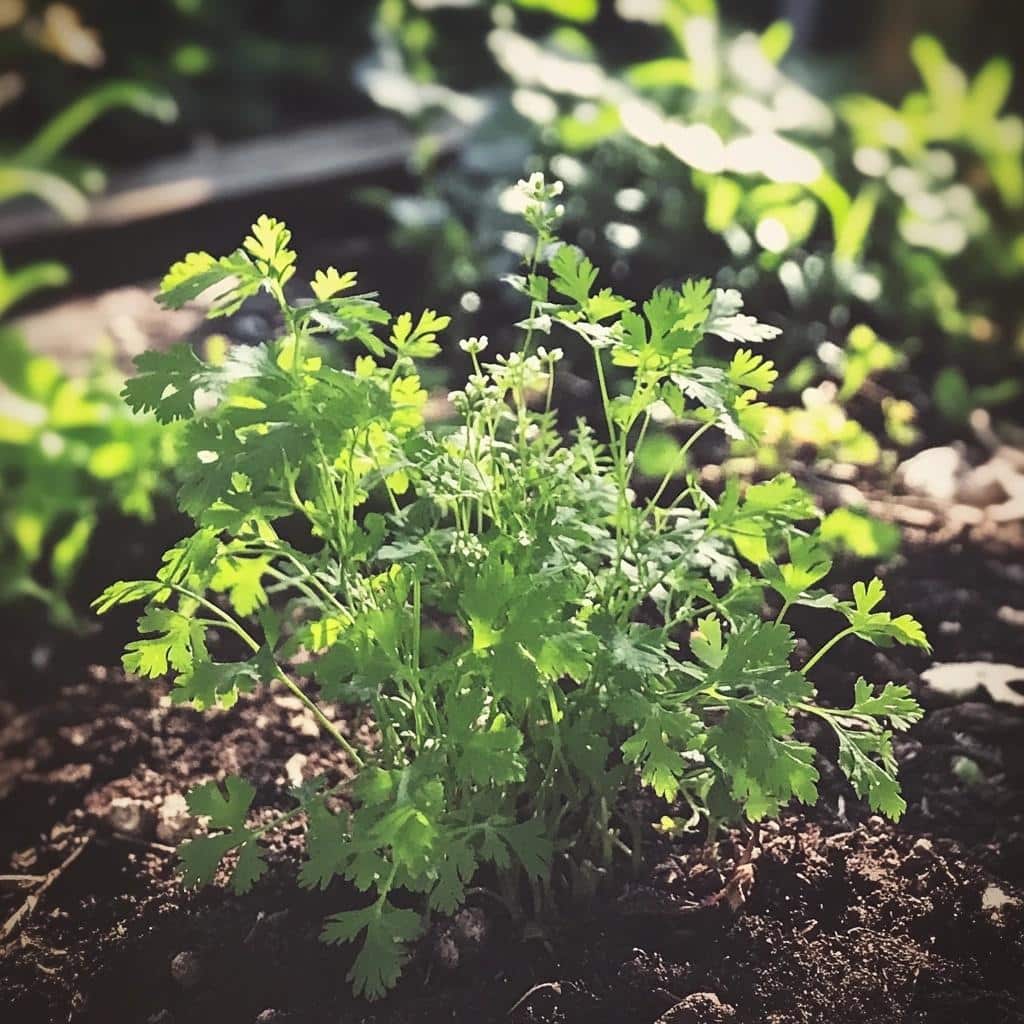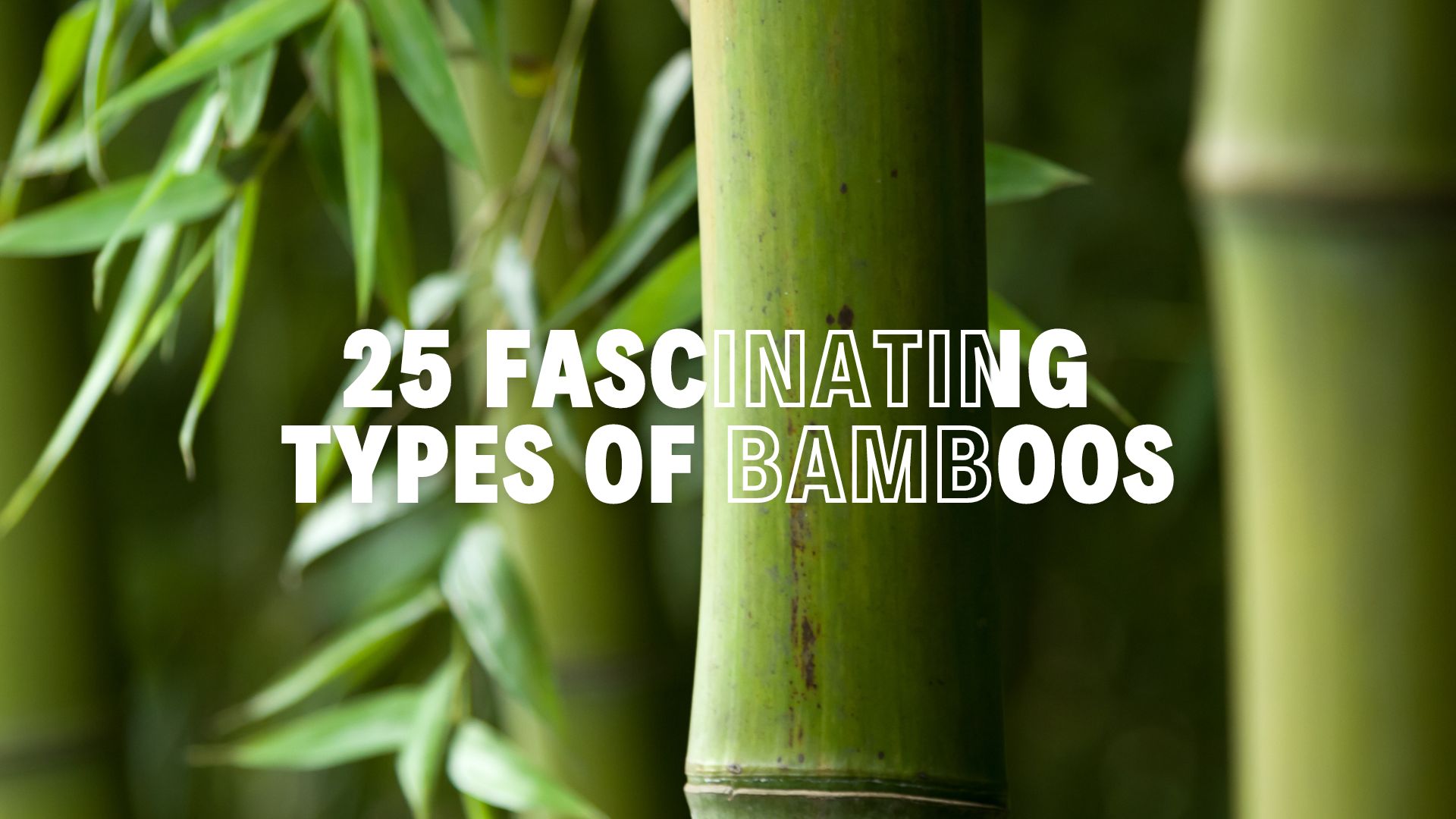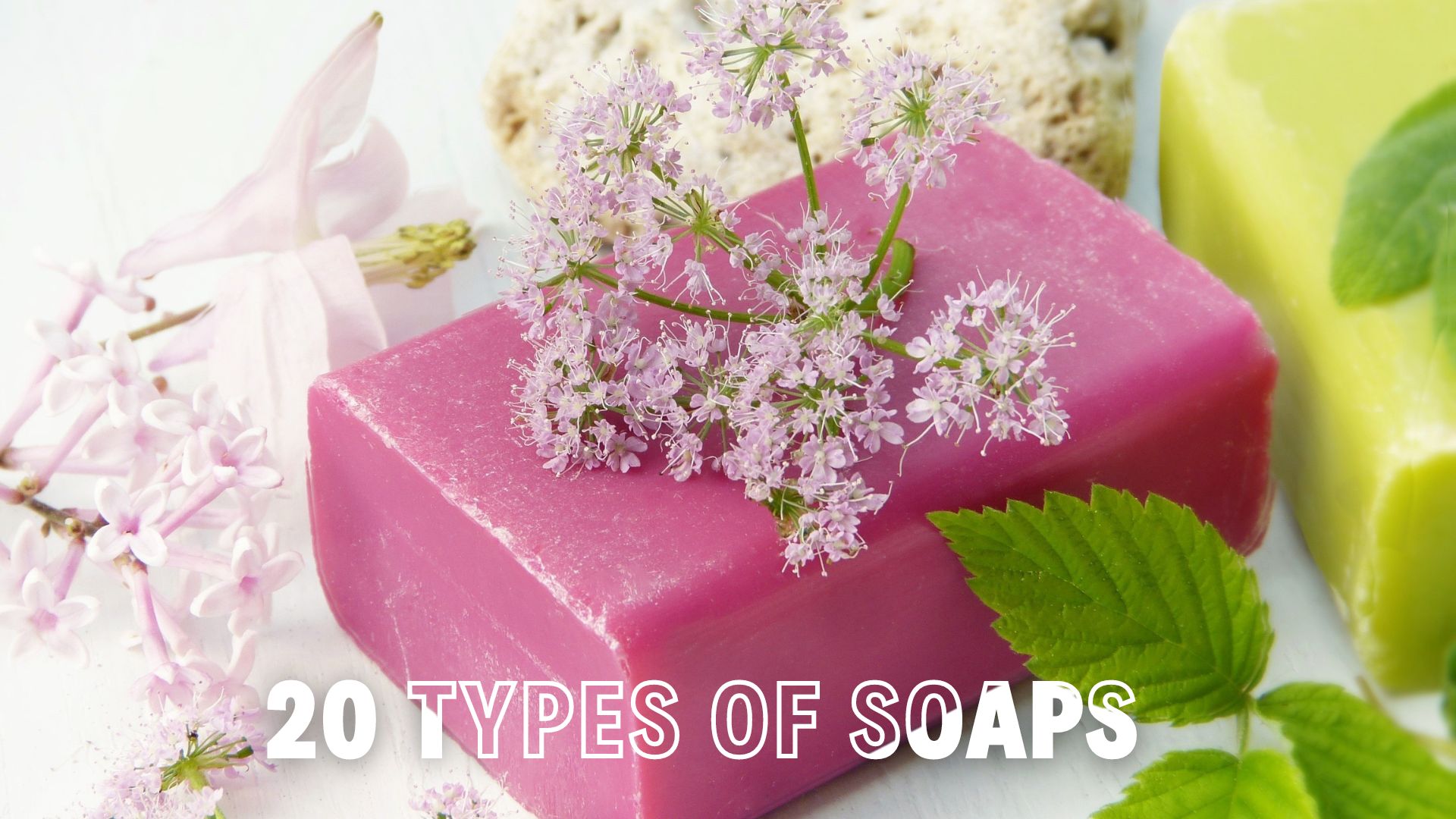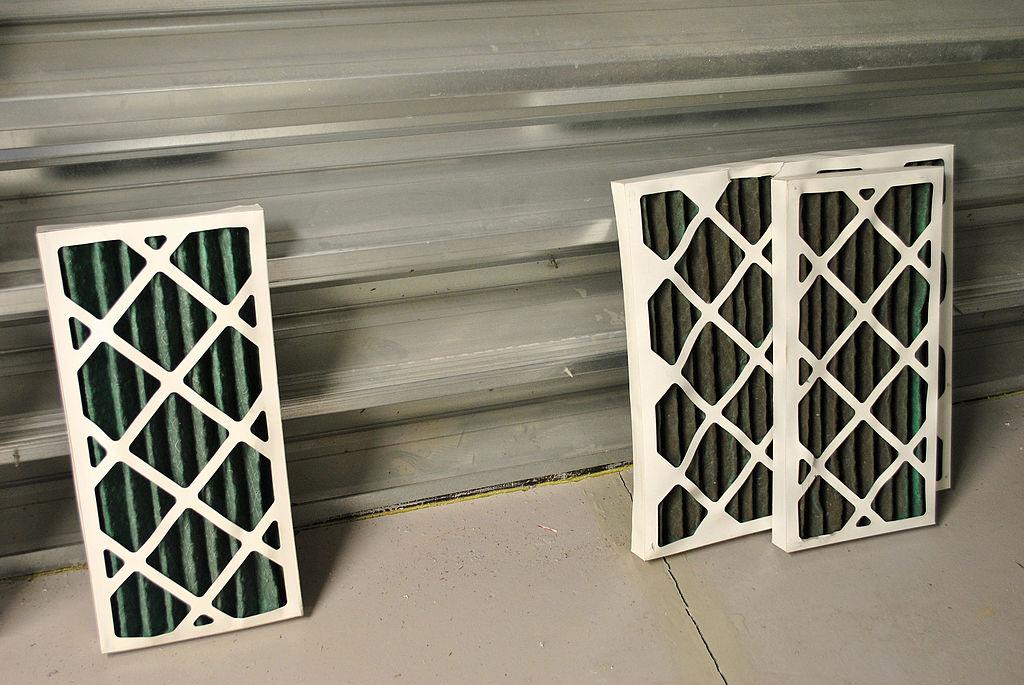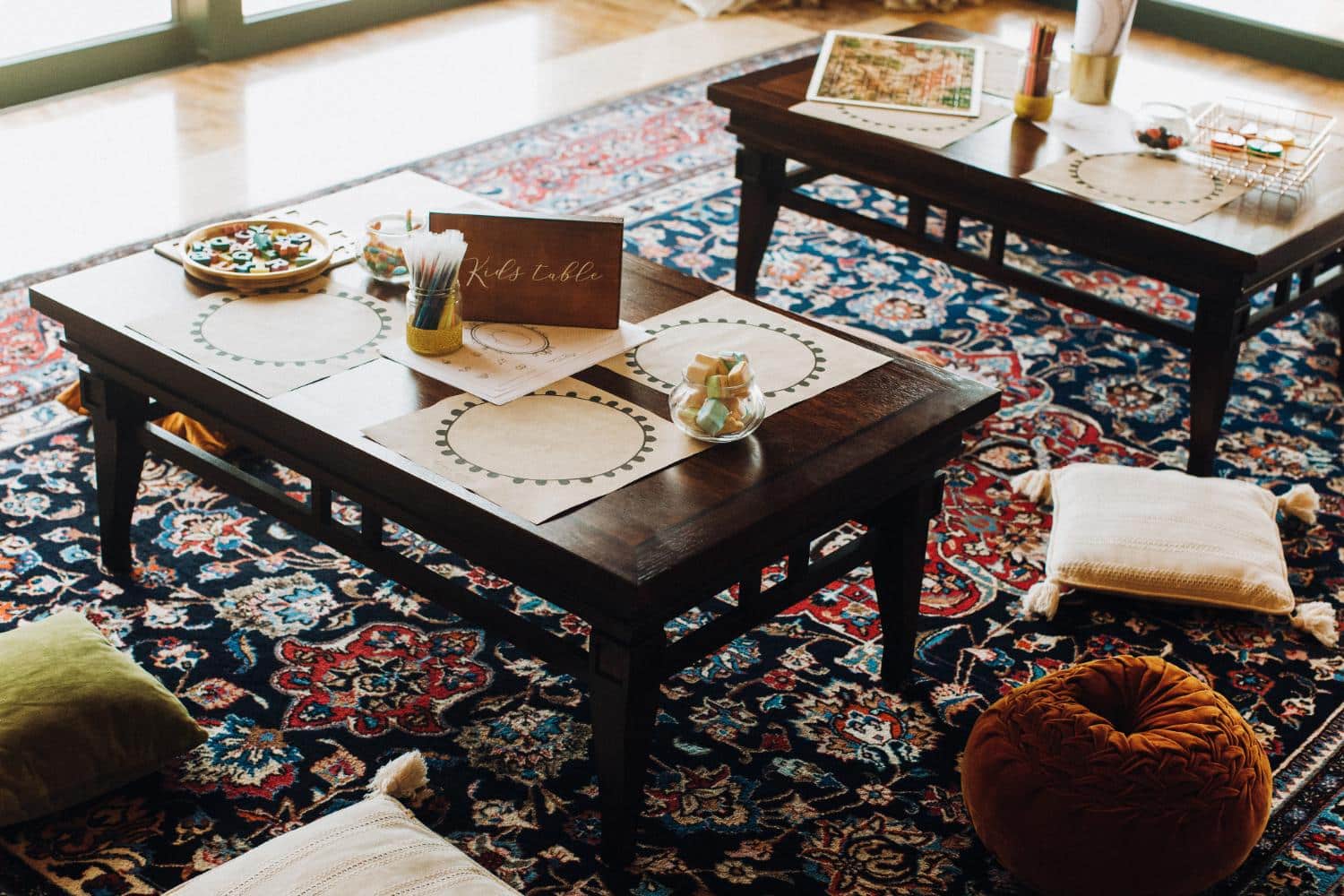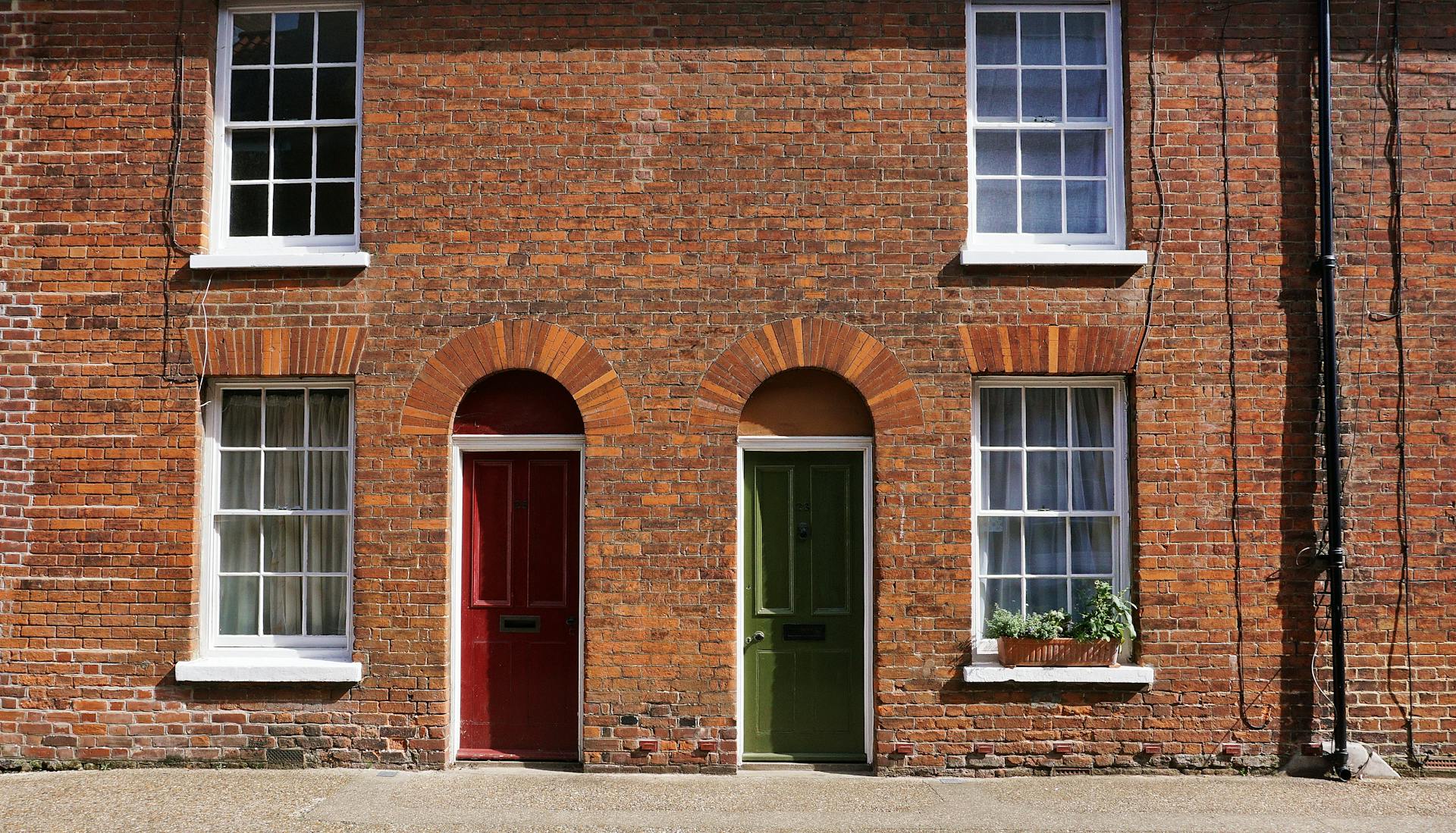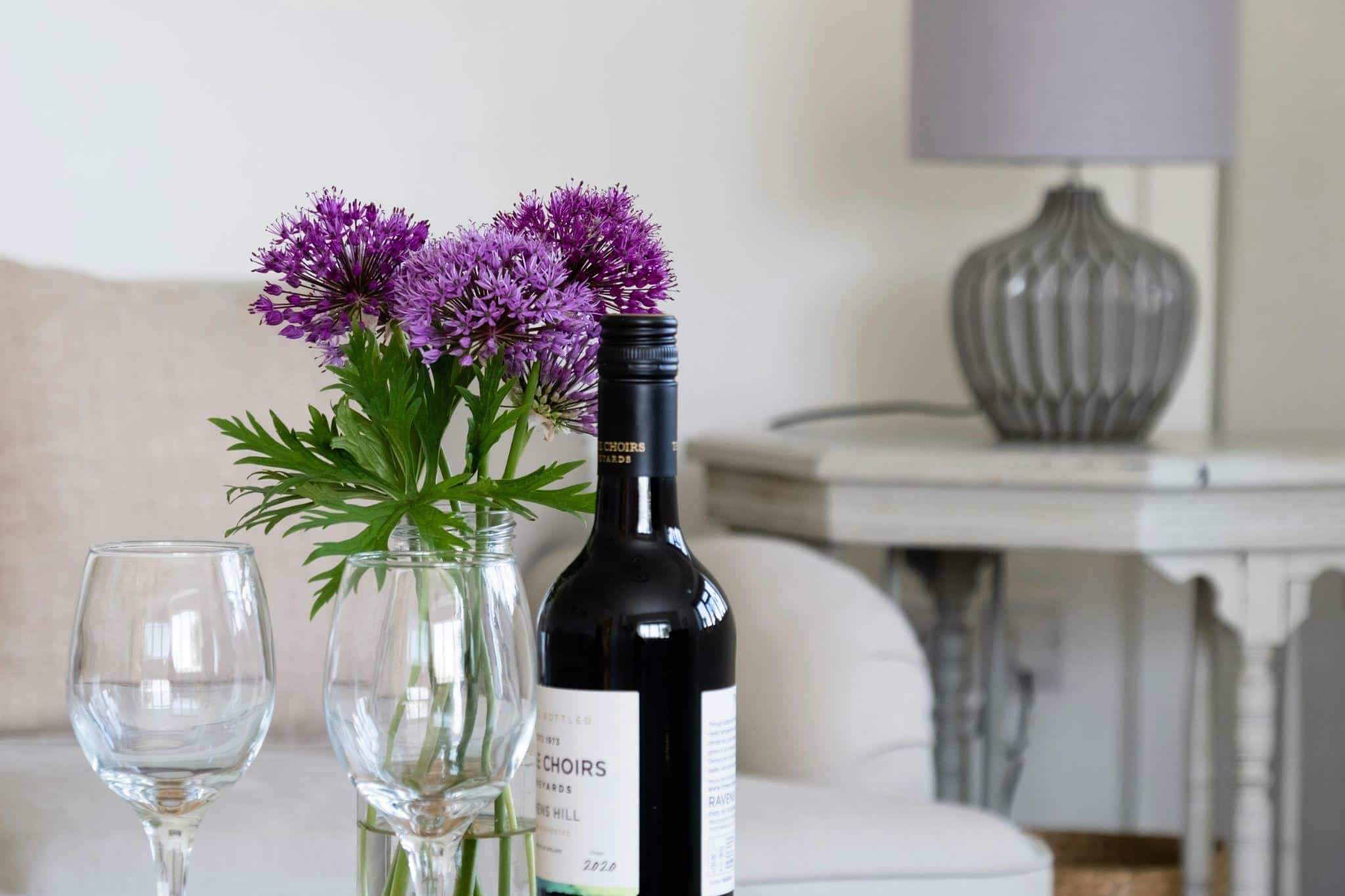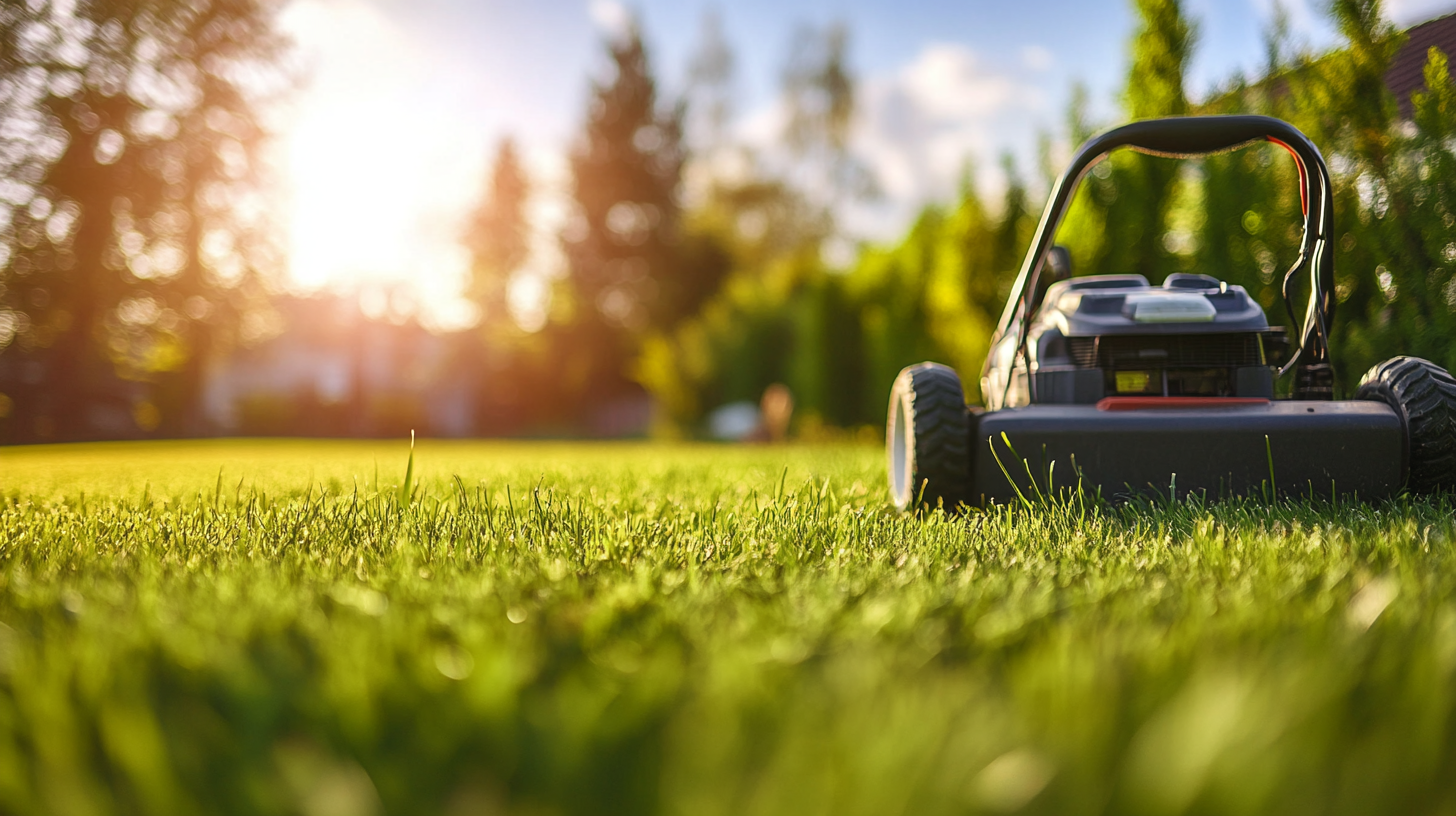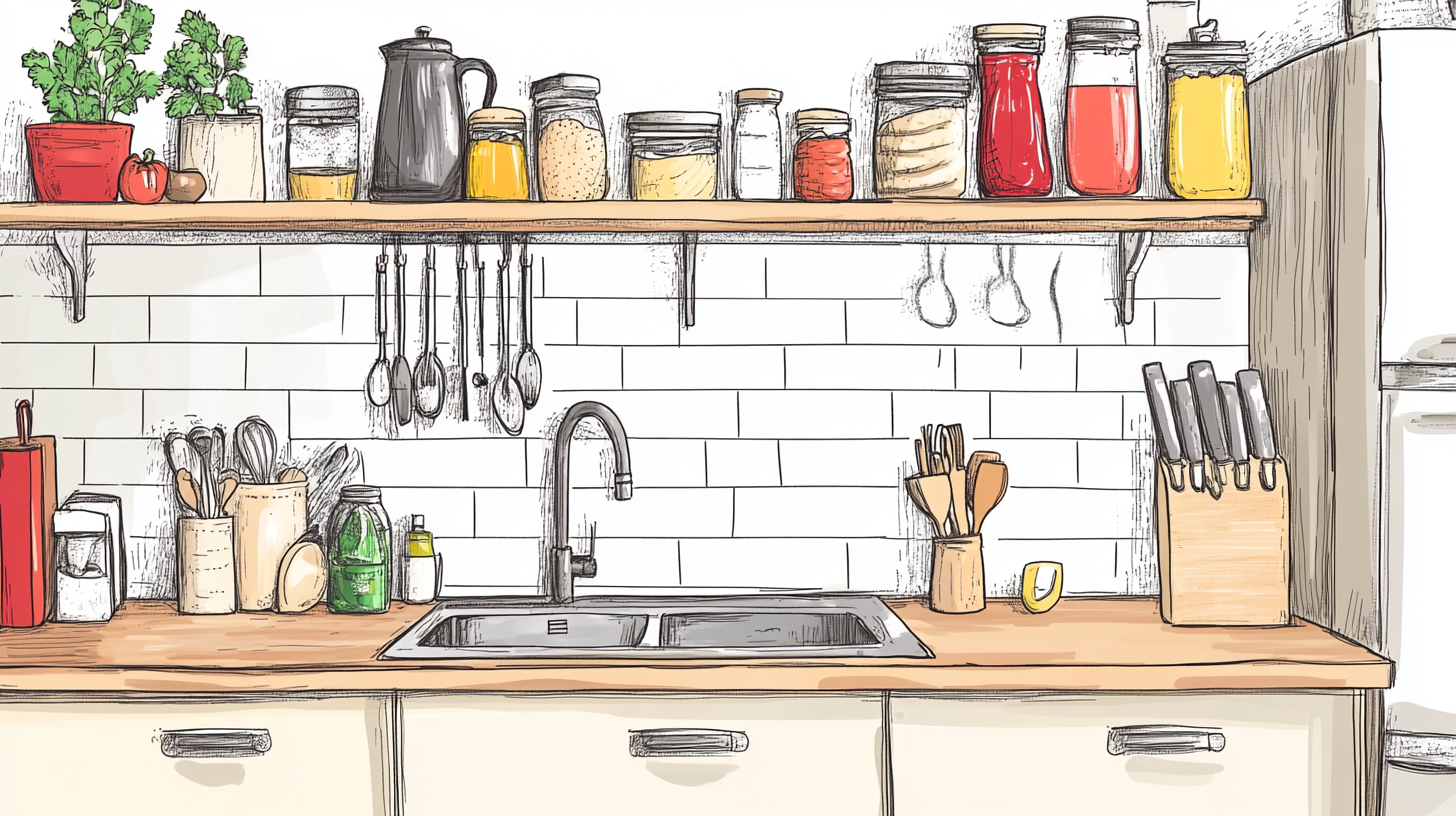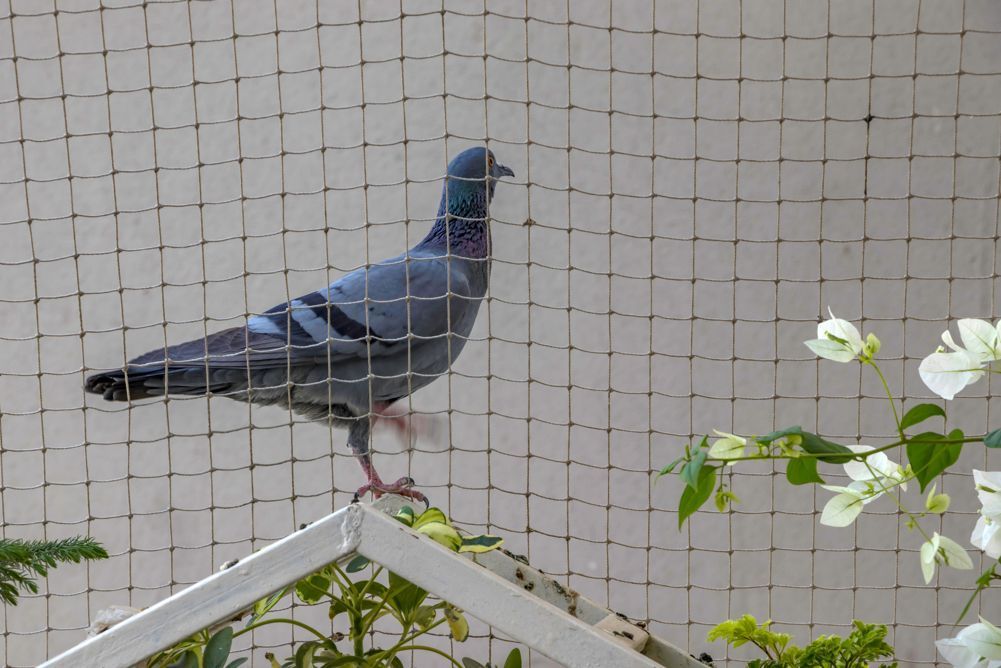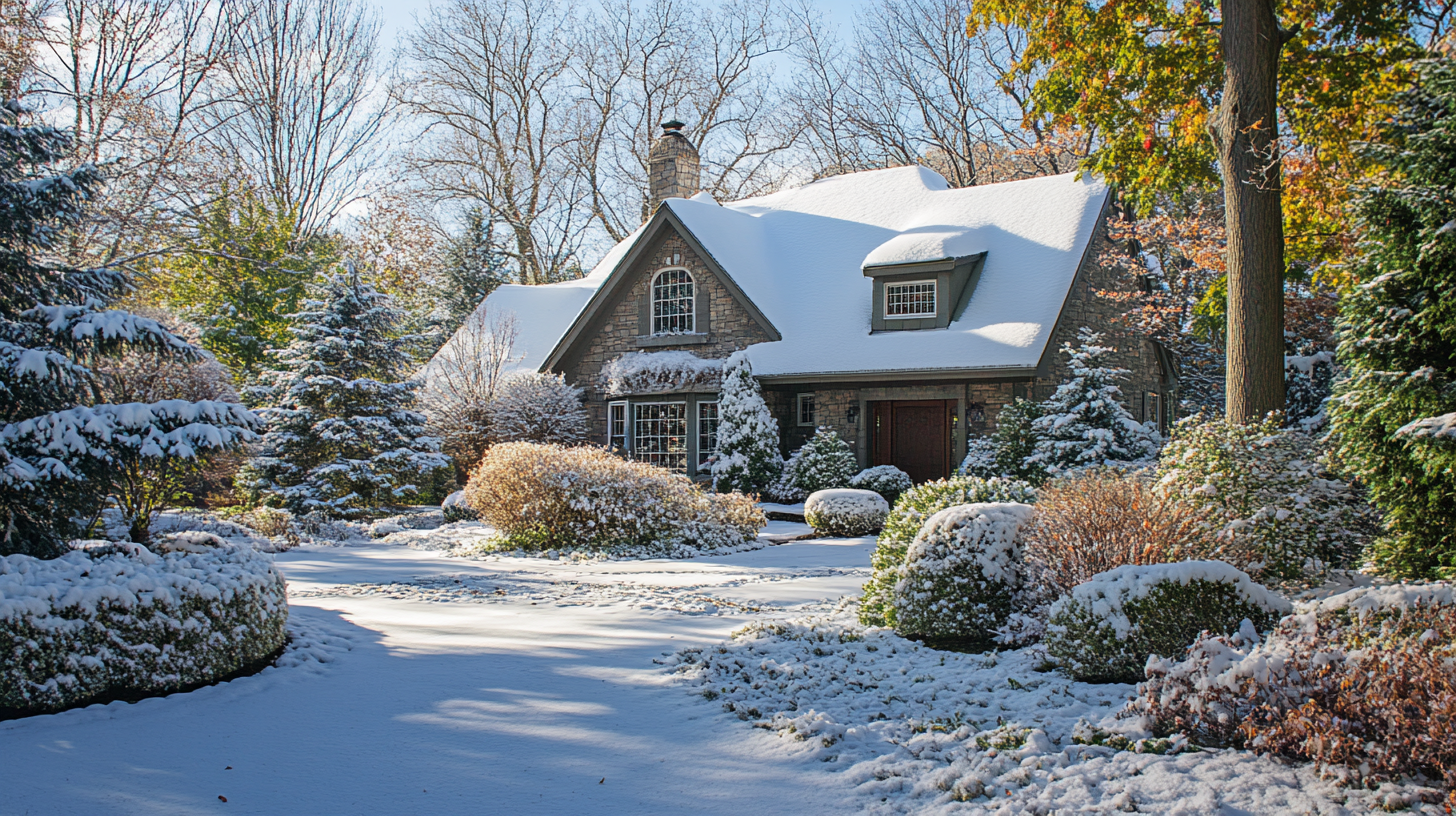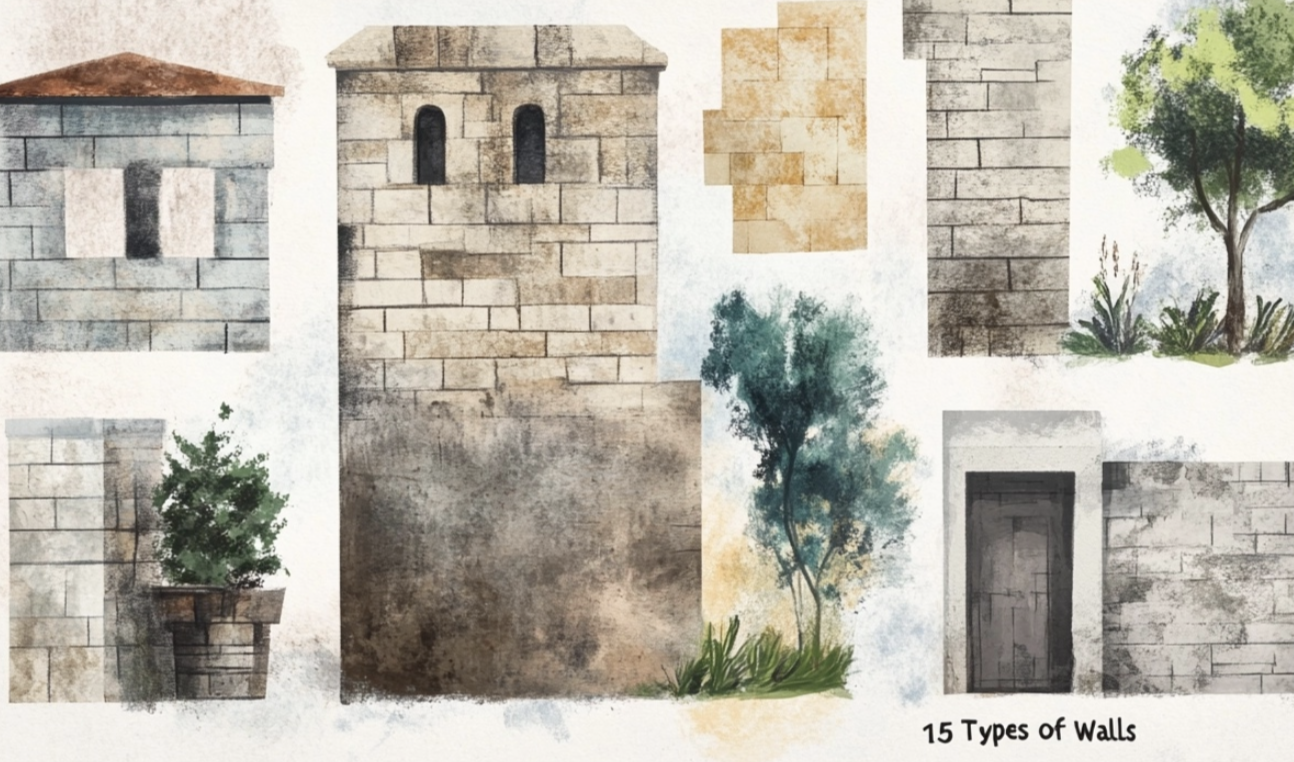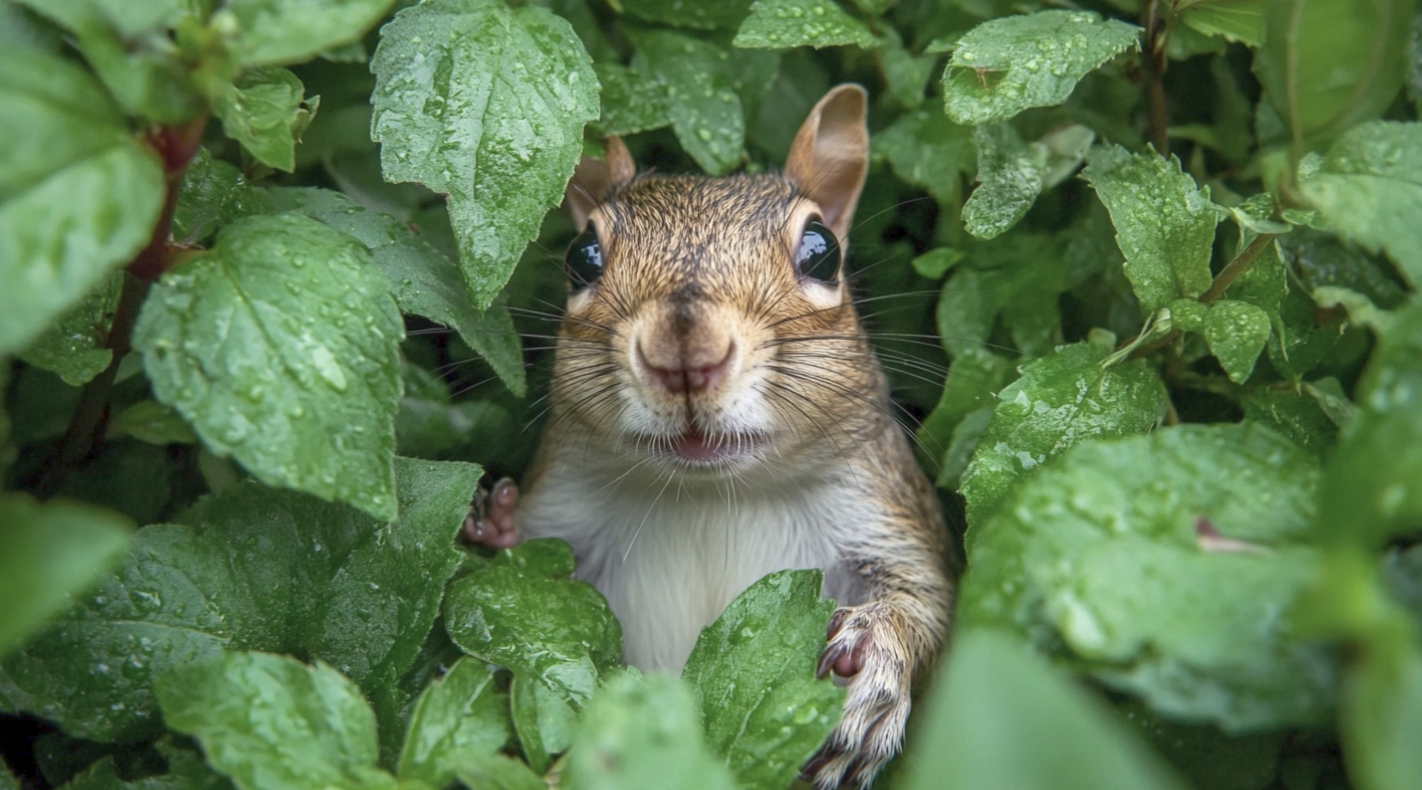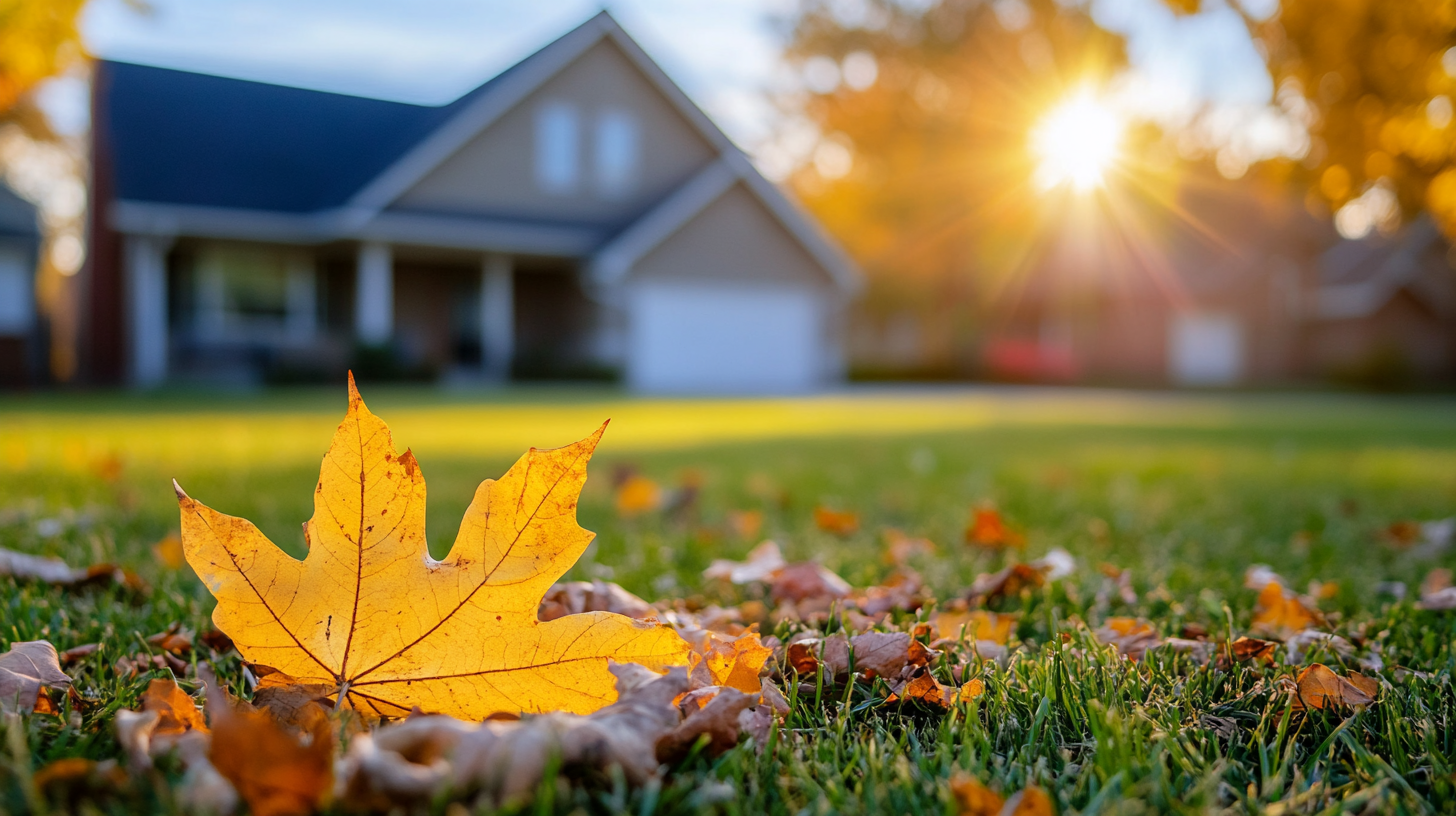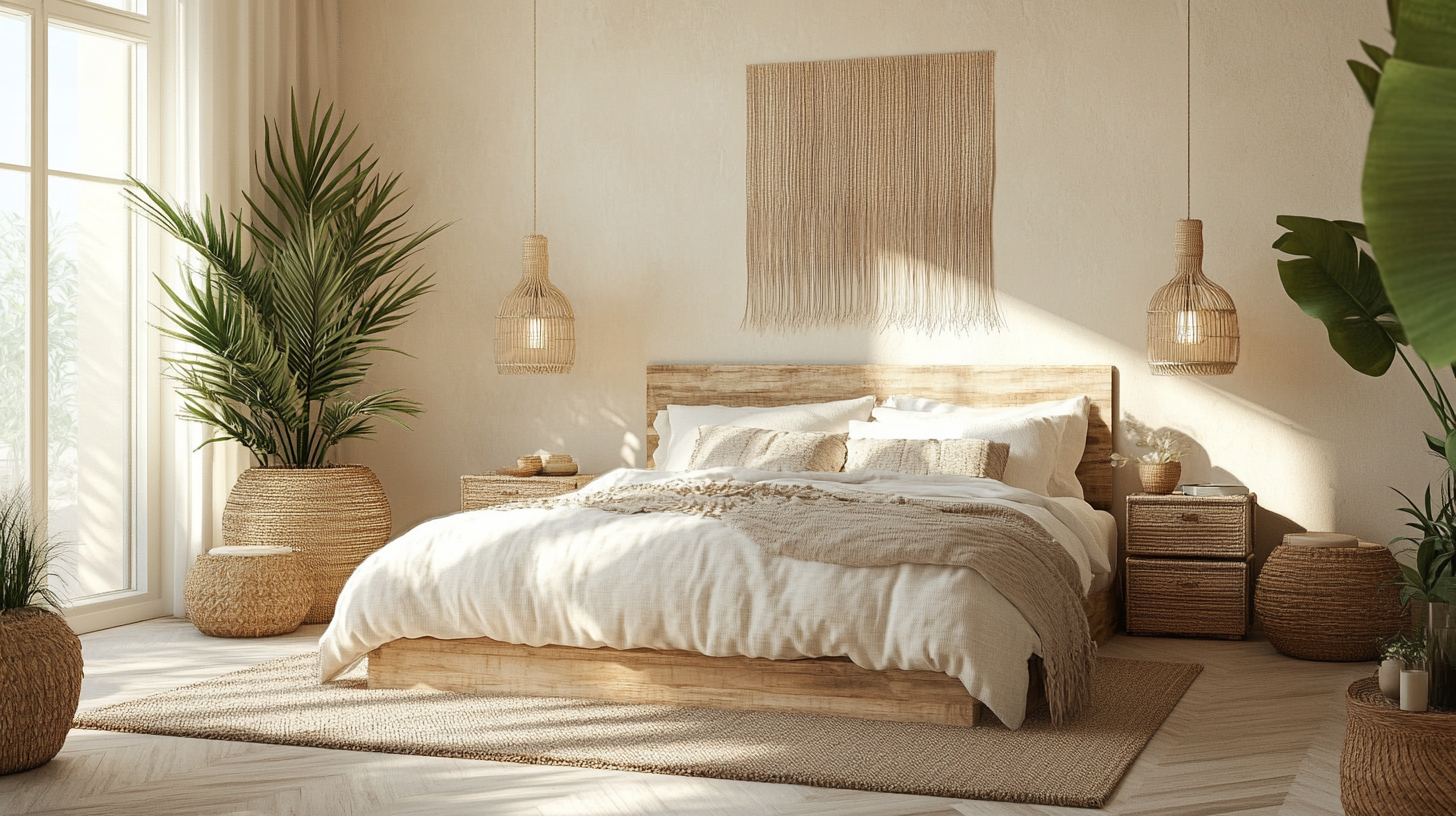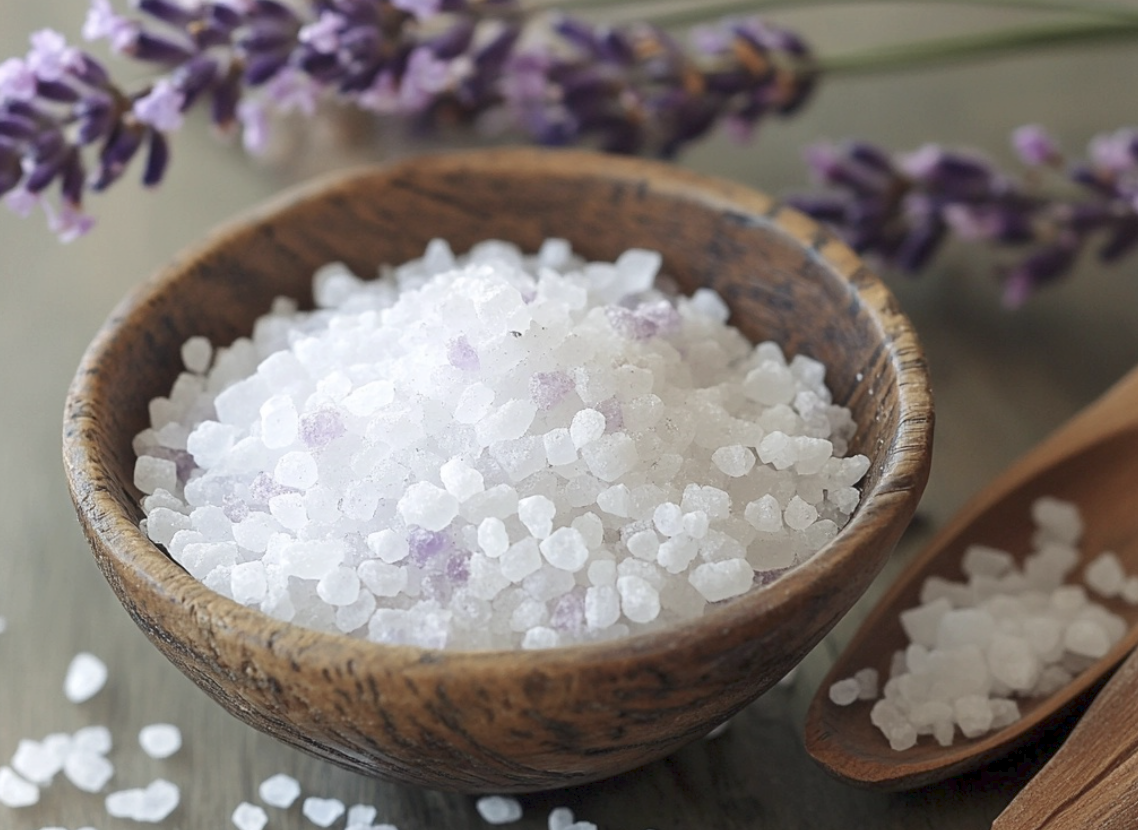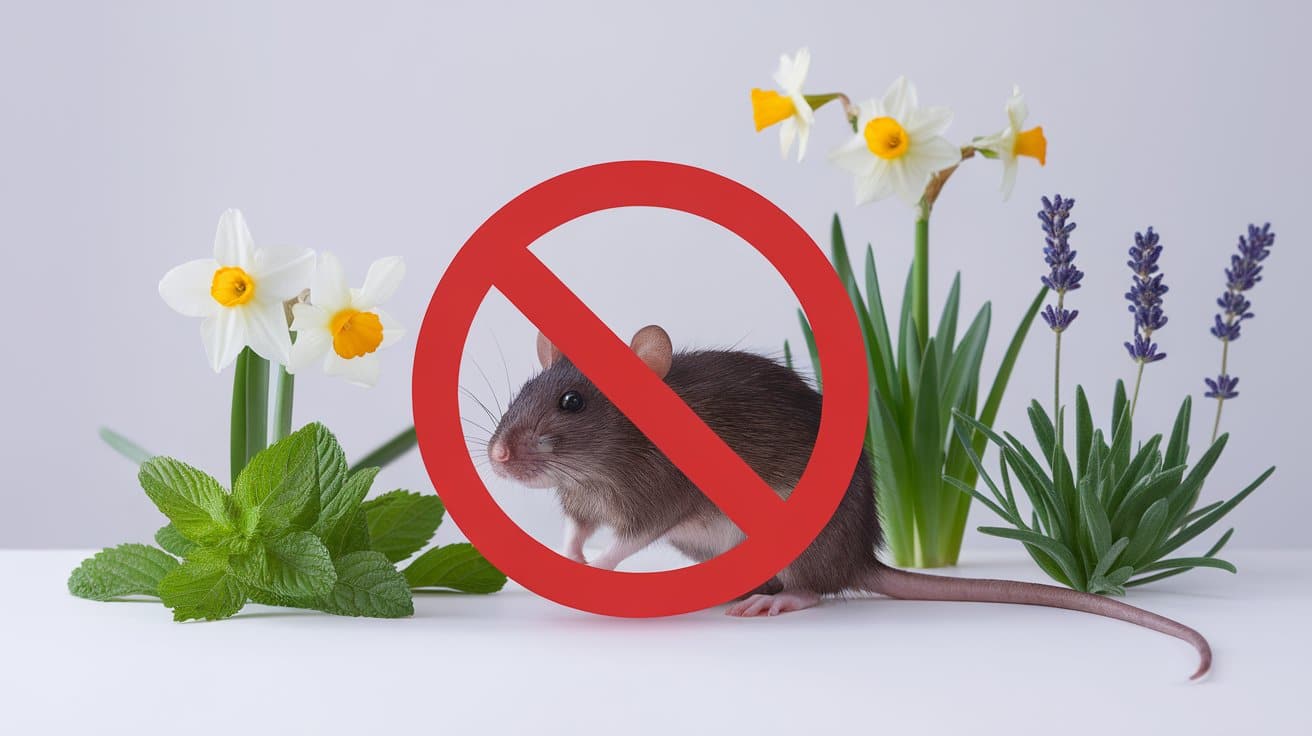
Rats in your home can cause serious problems – from damaging furniture to spreading diseases.
Most homeowners use chemical solutions or traps, but these methods often raise concerns about safety, especially in households with children and pets.
A better option exists: using specific plants as natural deterrents. These green solutions work effectively without putting your family at risk.
This guide will show you 16 plants that keep rats away from your home naturally.
You’ll learn which plants work best, how to use them strategically around your house, and tips for maintaining them.
These natural options not only help control rat problems but also add beauty to your garden and home.
Plants That Effectively Repel Rats
1. Peppermint
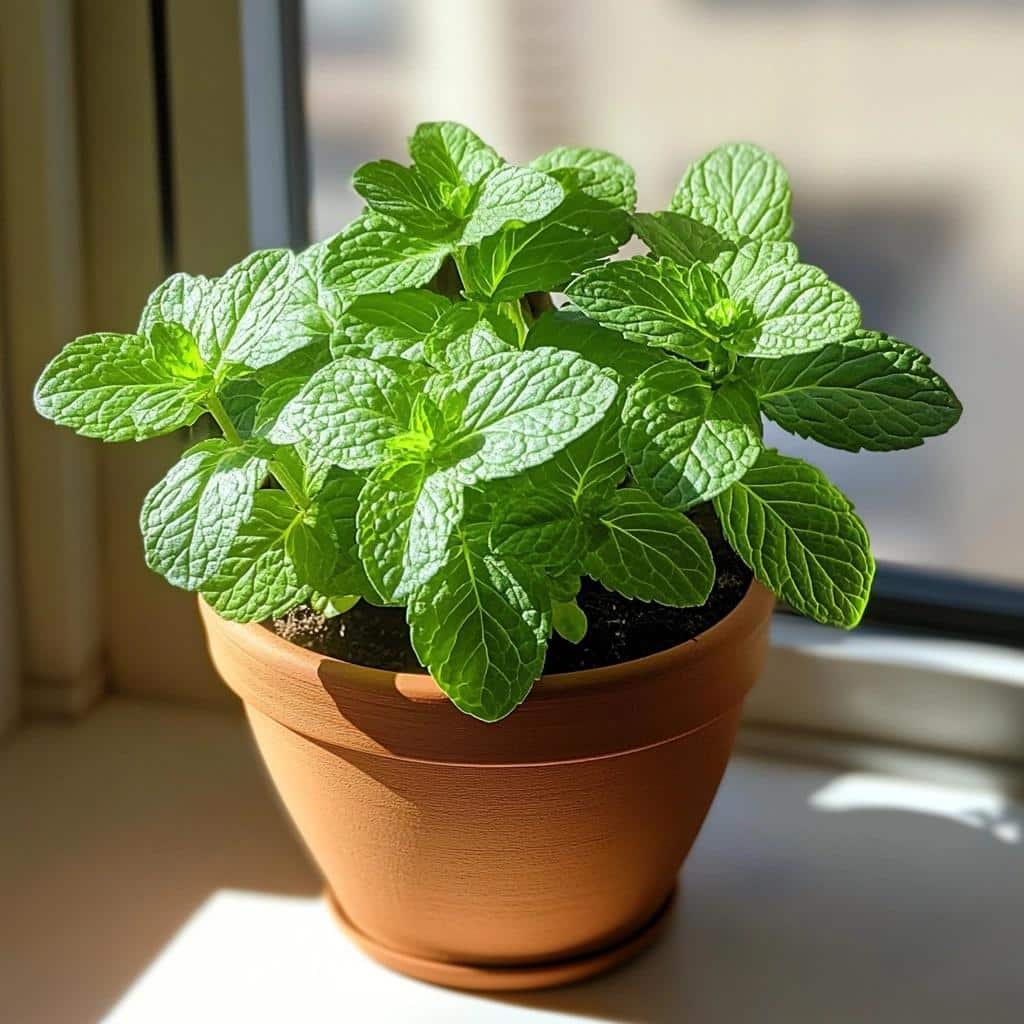
Peppermint is widely known for its refreshing aroma, which is highly unpleasant for rats. This plant’s strong scent overwhelms the sensory abilities of rodents, making it difficult for them to navigate or locate food sources.
- Place peppermint pots near garbage bins or suspected rat entry points.
- Crush peppermint leaves to release their oils and enhance effectiveness.
- Use peppermint essential oil to create a spray for hard-to-reach areas.
2. Catnip
Catnip is a natural deterrent for rats despite its popularity among cats. Planting catnip in outdoor spaces or using it indoors in dried form provides a dual benefit of repelling rats and amusing feline friends.
- Keep dried catnip in small sachets and place them in drawers or corners.
- Grow catnip around outdoor areas like gardens or patios for protection.
- Combine catnip with other herbs like peppermint for a stronger repellent effect.
3. Garlic
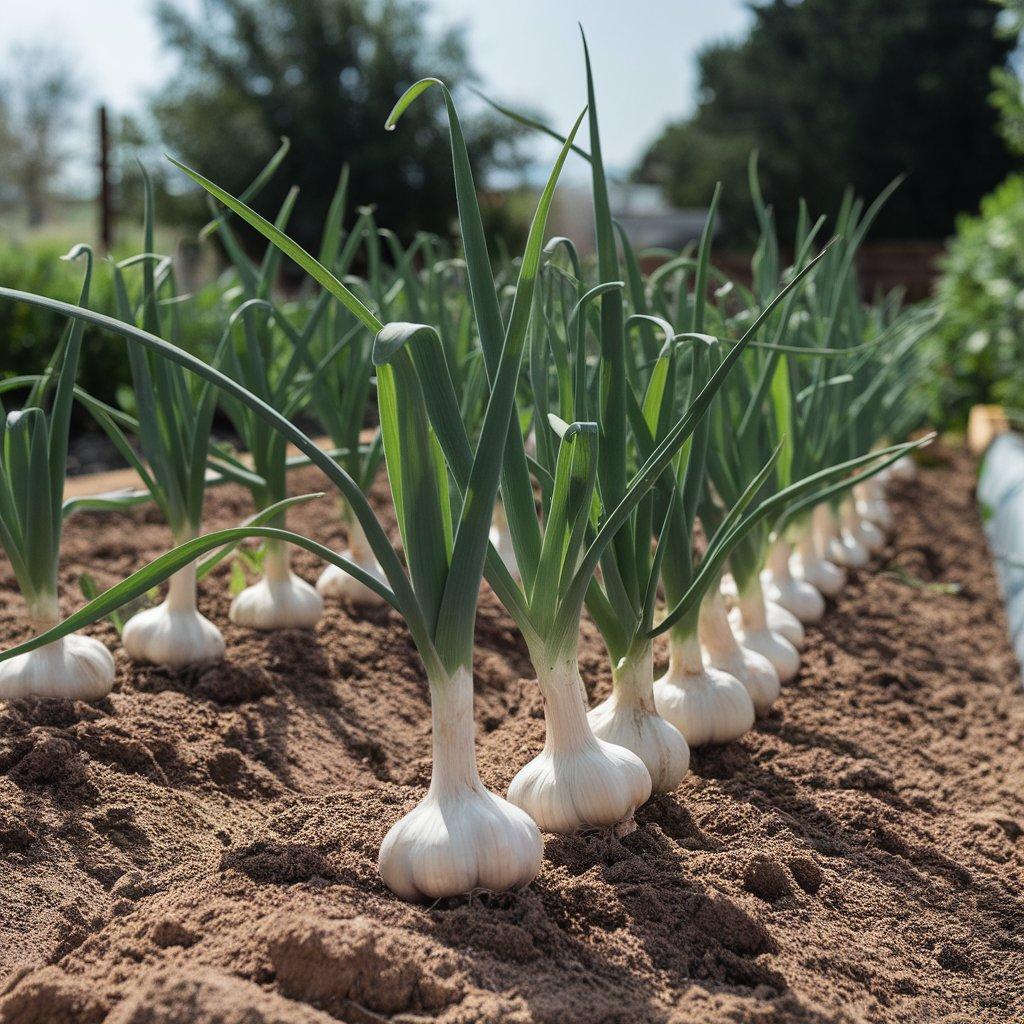
Garlic’s pungent smell makes it a powerful natural rat repellent. This plant not only masks the odor of food but also irritates the rodents’ sensitive noses, discouraging them from lingering in the area. It can be used in various forms, such as fresh cloves, crushed paste, or as a planted crop in your garden.
- Crush garlic and mix it with water to create a natural spray for cracks and crevices.
- Spread garlic cloves in kitchens, basements, or any place prone to infestation.
- Rotate garlic placement frequently to maintain its repelling strength.
4. Onions
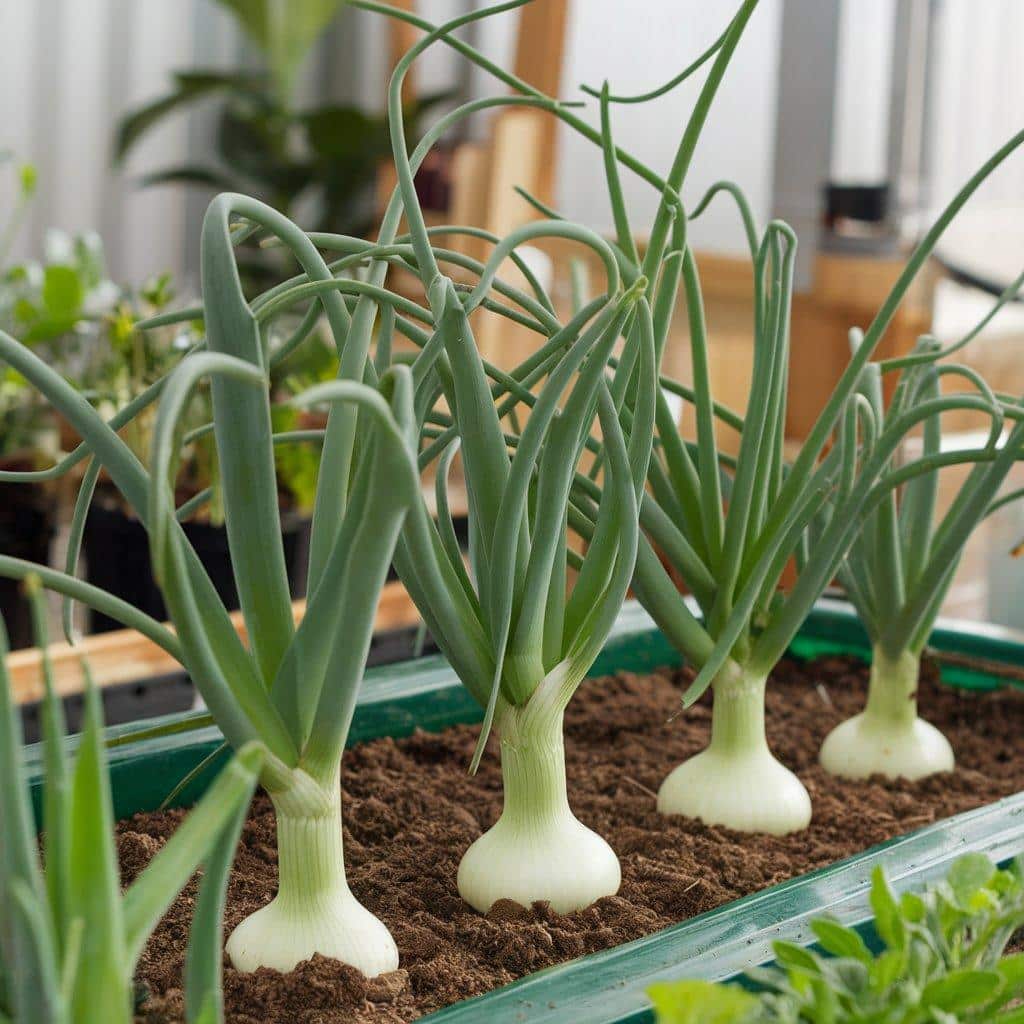
Rats find the smell of onions intolerable, making them an excellent choice for repelling rodents. Onions can be strategically placed in areas where rats are likely to pass, and their freshness ensures maximum effectiveness.
- Use sliced onions near holes or suspected nesting areas to keep rats away.
- Replace onions every 2–3 days to maintain their strong smell.
- Combine onions with garlic for a potent, dual-action repellent.
5. Marigolds
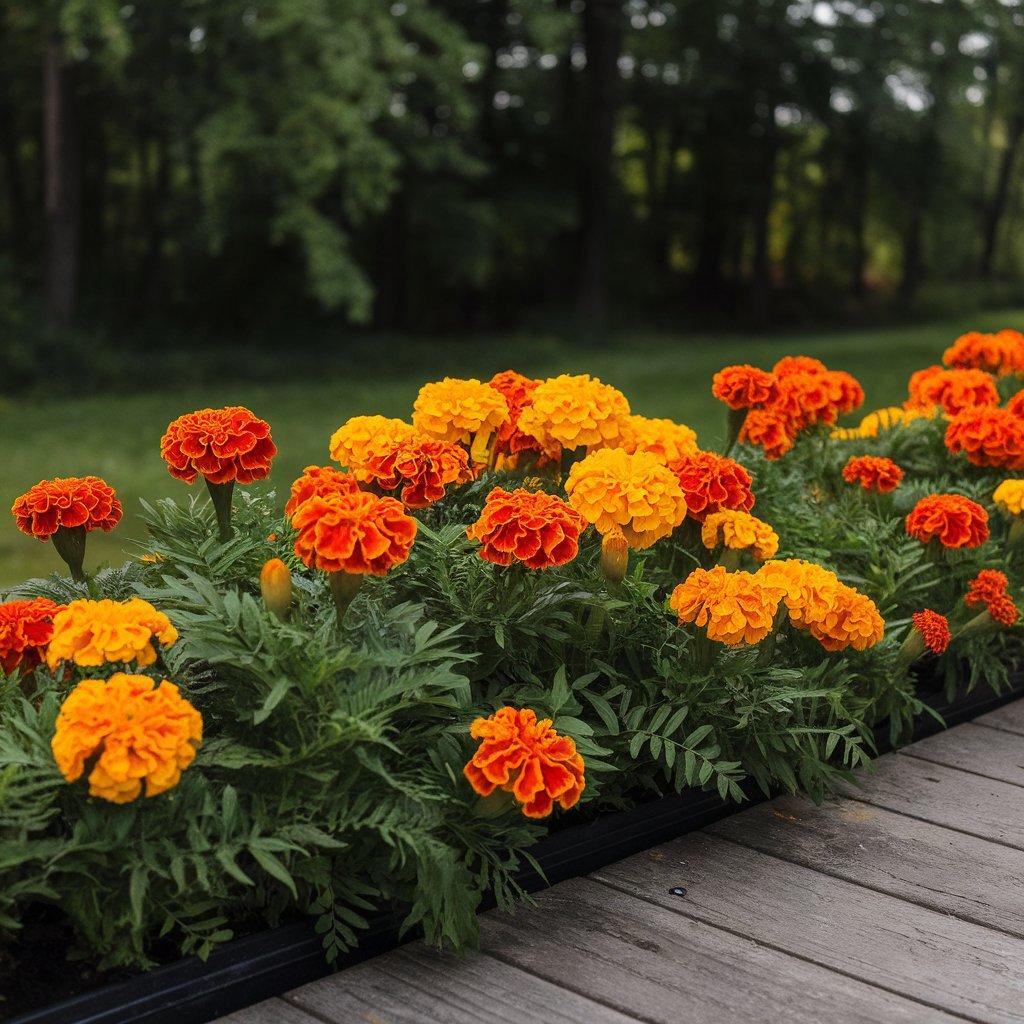
Marigolds are not only attractive garden flowers but also a natural rat repellent. These vibrant plants release a strong, distinctive scent that rodents dislike, making them an effective barrier around homes and gardens.
- Plant marigolds along garden borders to create a natural rodent barrier.
- Use marigold petals indoors near entry points for enhanced protection.
- Incorporate marigolds with herbs like mint for a multi-layered approach.
6. Lavender
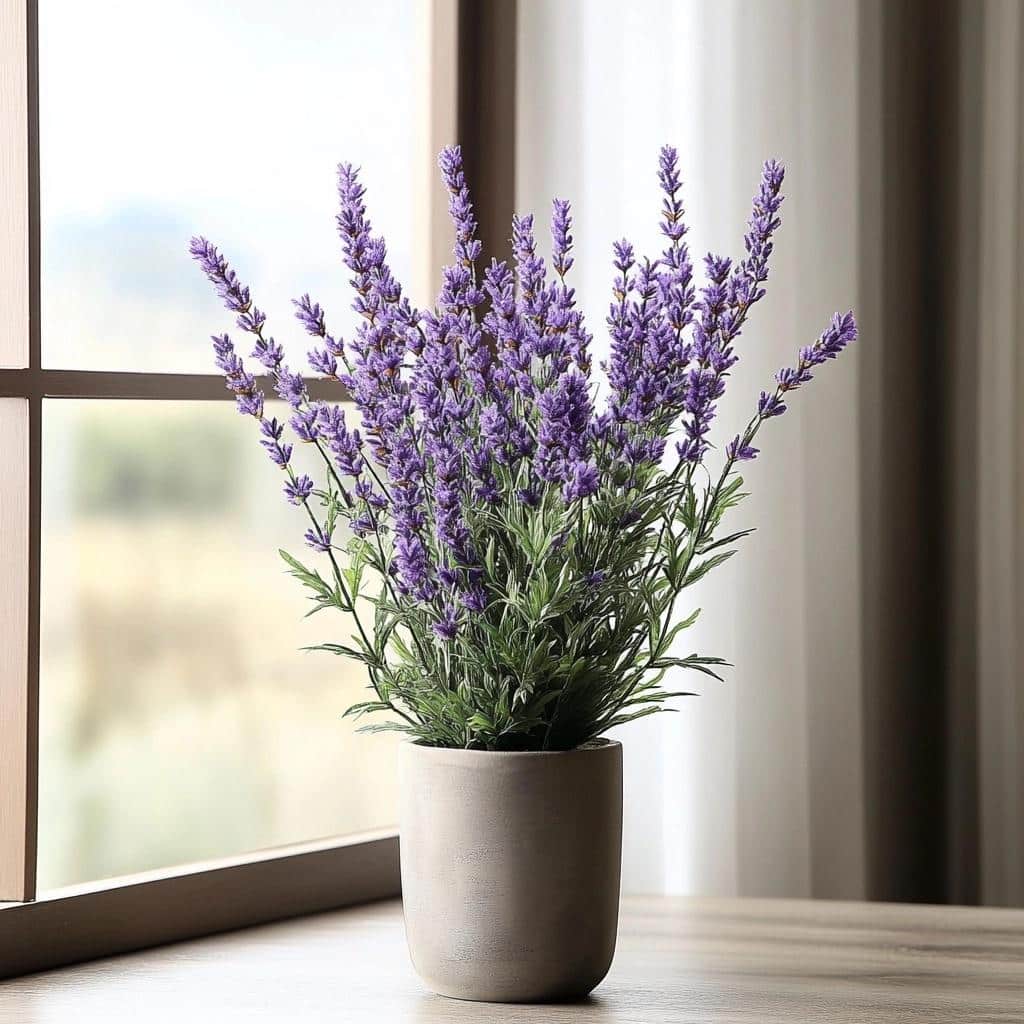
This fragrant plant is a versatile option for both indoor and outdoor use, as it not only repels rodents but also enhances the beauty of your space. Its dried form can be used in multiple areas of the home.
- Place potted lavender near windows or doorways to prevent rats from entering.
- Scatter dried lavender sachets in cupboards or attics for long-lasting protection.
- Use lavender oil to create a DIY spray for cracks, crevices, and baseboards.
7. Mint (Other Varieties)
Beyond peppermint, other mint varieties, such as spearmint, are highly effective at repelling rats. Their strong menthol aroma disrupts the rodent’s ability to detect food sources, forcing them to steer clear.
- Grow spearmint or other mint varieties near garden edges to keep rats away.
- Create a mint-infused spray by boiling leaves in water and applying it indoors.
- Use fresh mint leaves to line pantry shelves or storage areas.
8. Chamomile
Chamomile is a natural deterrent with a gentle, floral scent that is unpleasant to rats. Chamomile not only helps in pest control but also adds a soothing touch to your space.
- Scatter dried chamomile flowers in drawers, under sinks, or near appliances.
- Plant chamomile along garden pathways to protect outdoor spaces from rodents.
- Use chamomile sachets in storage areas to repel rats while keeping the area fresh.
9. Sage
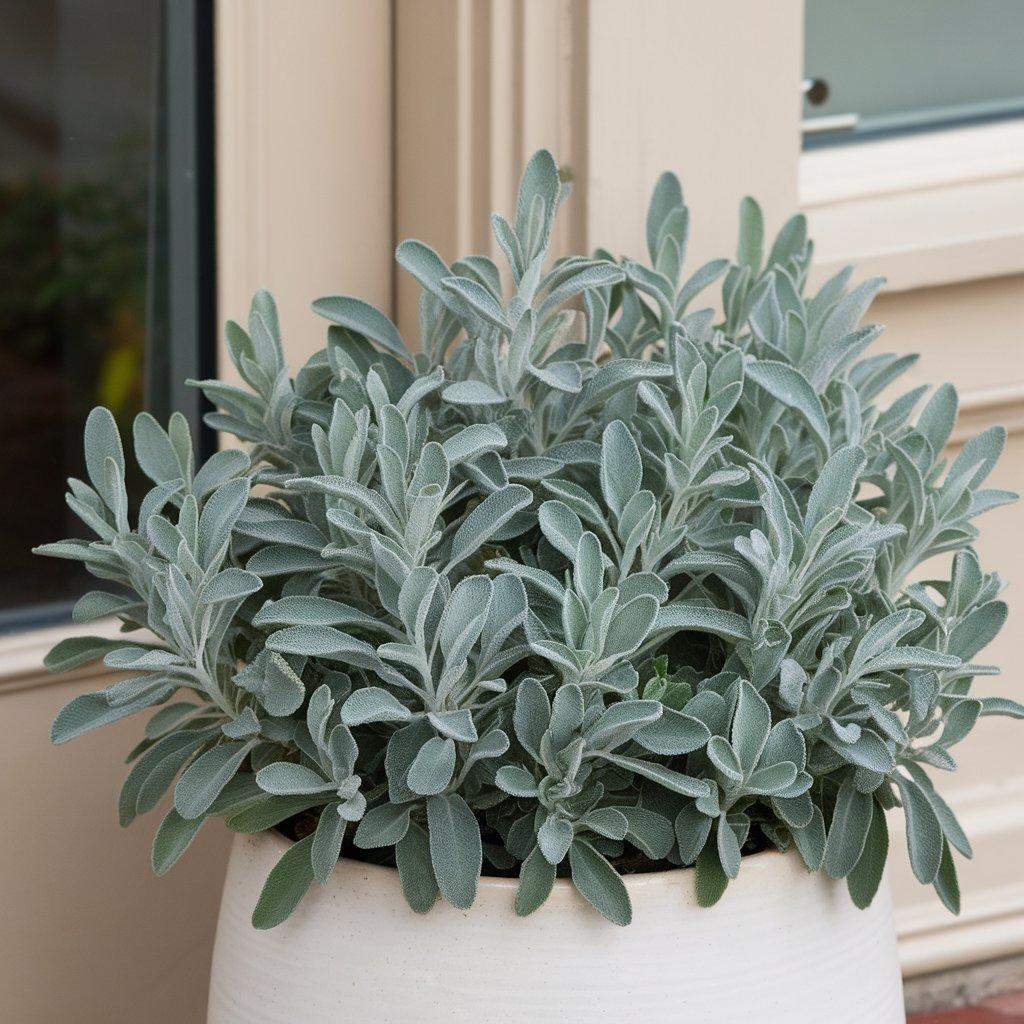
Sage’s earthy, aromatic scent acts as a natural repellent for rats. This hardy herb thrives in various conditions, making it an ideal addition to gardens and indoor spaces. Apart from its pest-repellent properties, sage is a culinary herb, adding practical value to its use.
- Plant sage near doors or vents to block rat entry points effectively.
- Dry sage leaves and place them in small pouches around the house.
- Use fresh sage sprigs as a decorative yet functional centerpiece in kitchens or dining areas.
10. Thyme
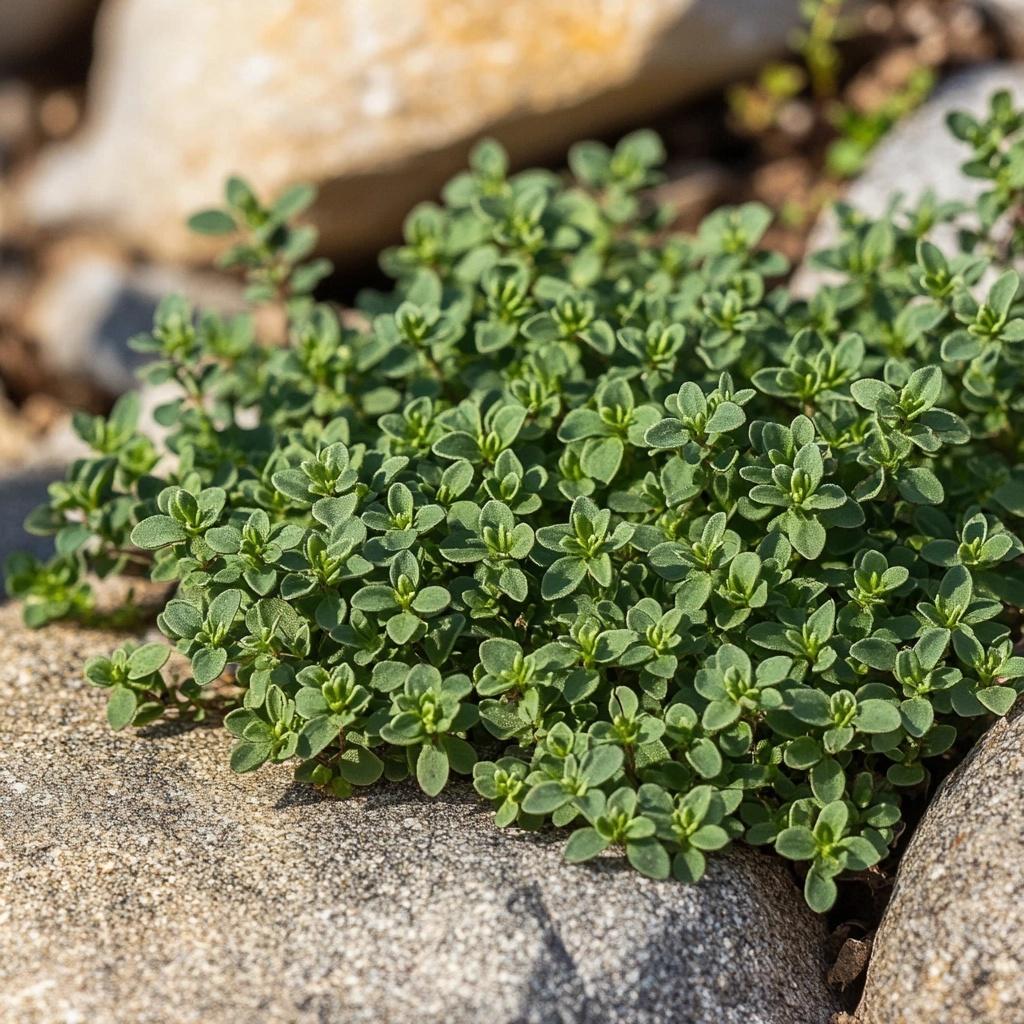
Thyme is an easy-to-grow hardy herb that thrives in various conditions, making it suitable for gardens and indoor spaces. Beyond its pest-repelling properties, thyme is also a valuable culinary ingredient.
- Grow thyme in pots and place them near rat-prone areas like basements or attics.
- Use dried thyme to create sachets for cupboards and drawers.
- Combine thyme with other herbs like lavender for a multi-purpose pest control solution.
11. Lemongrass
Lemongrass is a dual-purpose plant that repels rats and mosquitoes. Its distinct citrus scent is highly effective in keeping rodents away from gardens and homes. Lemongrass can also act as a natural barrier, with its tall and dense growth providing additional privacy.
- Plant lemongrass along outdoor pathways or around patios for added protection.
- Use lemongrass oil in diffusers or sprays to repel rats indoors.
- Place cut lemongrass leaves in areas where rodents are likely to hide.
12. Eucalyptus
Eucalyptus emits a potent, menthol-like aroma that effectively deters rats. Its leaves can be used fresh or dried, and eucalyptus oil provides an additional method of keeping rodents at bay.
- Scatter fresh eucalyptus leaves in problem areas like attics or storage rooms.
- Use eucalyptus oil on cotton balls and place them in corners or crevices.
- Grow eucalyptus trees around your property to create a long-term rodent barrier.
13. Oregano
Oregano, a common herb in kitchens, doubles as an effective rat deterrent due to its sharp and intense aroma. Rats avoid areas where oregano is present, making it a great choice for indoor and outdoor use.
- Place potted oregano plants near entry points like windows or doorways.
- Use dried oregano leaves to line shelves or storage containers.
- Combine oregano with thyme and mint for a multi-herb rat repellent.
14. Coriander (Cilantro)
Coriander, also known as cilantro, emits a citrus-like fragrance that rats find unpleasant. This versatile herb works well as a natural repellent and is easy to incorporate into gardens or homes.
- Scatter dried coriander seeds or leaves in pantries and cupboards.
- Plant coriander in garden beds to protect other plants from rodents.
- Use fresh coriander sprigs as a natural barrier near kitchen surfaces.
15. Chrysanthemums
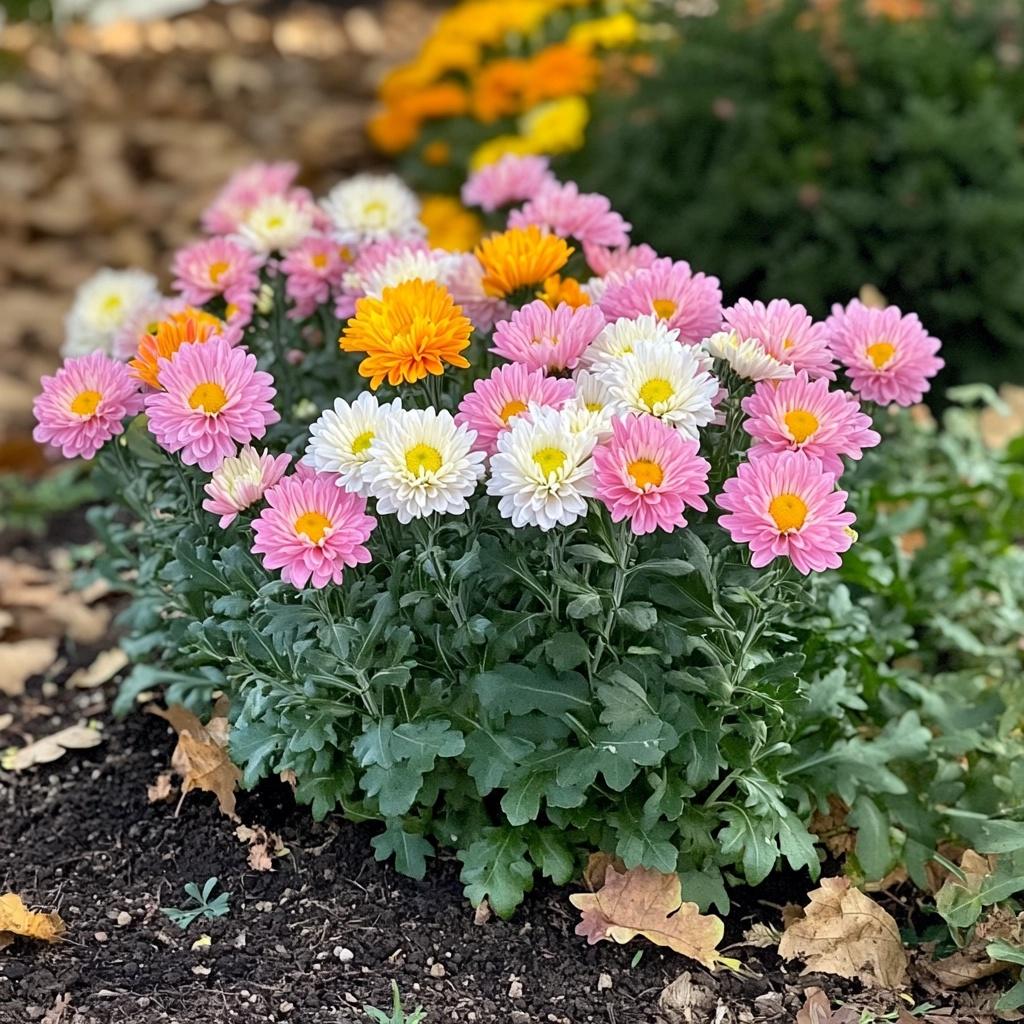
Chrysanthemums are well-known for their pest-repellent properties due to their natural pyrethrin content, which deters rats and other pests. They act as a protective barrier while adding vibrant colors to your outdoor spaces.
- Plant chrysanthemums along garden borders or near doors to create a natural rat deterrent.
- Use dried chrysanthemum petals in sachets for cabinets and storage areas.
- Combine chrysanthemums with marigolds for a visually appealing and effective pest-repellent garden.
16. Daffodils
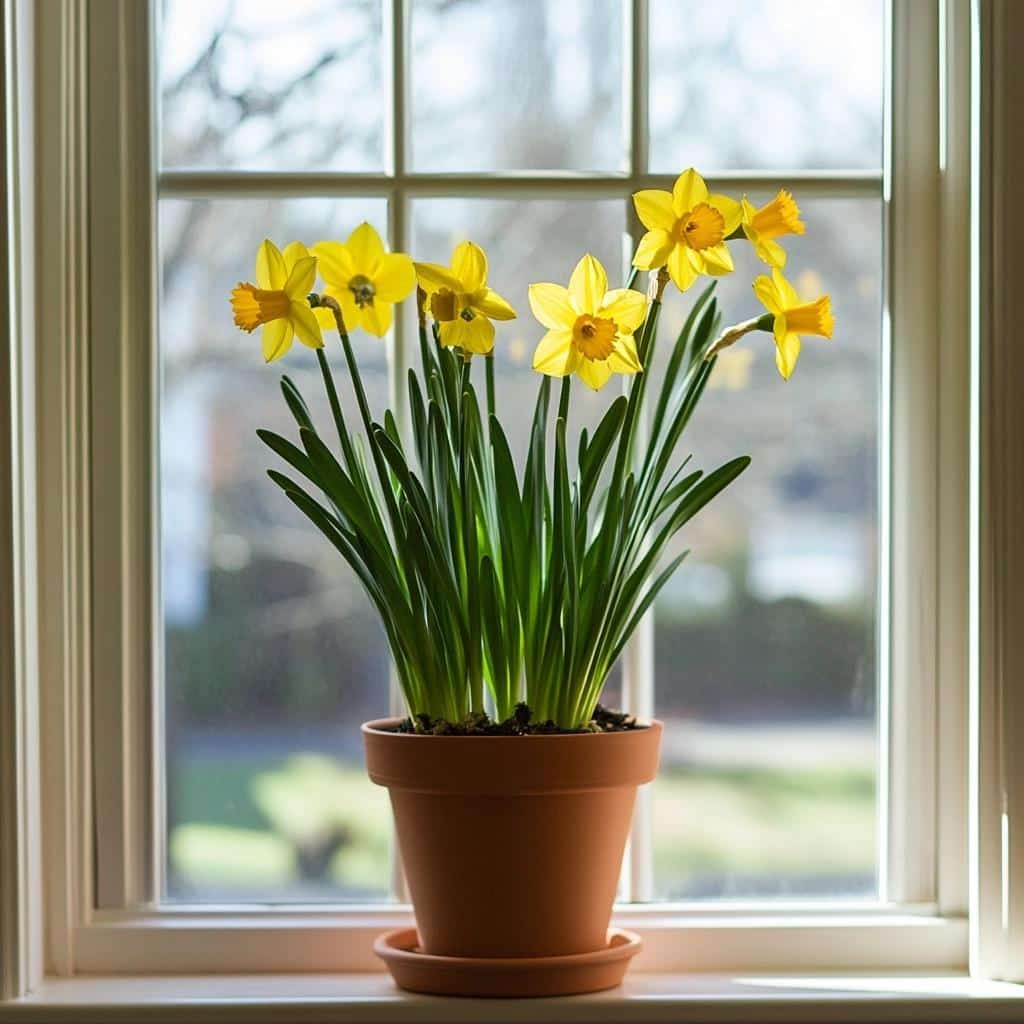
Daffodils are highly effective at repelling rats due to their toxicity and strong scent, which rodents find offensive. These cheerful flowers are easy to grow and provide the dual benefit of beautifying your garden while protecting it from pests.
- Plant daffodils in garden beds or around the perimeter of your home.
- Use potted daffodils indoors near windows and doorways for added protection.
- Combine daffodils with lavender to repel rats while creating a fragrant environment.
Tips for Maintaining Rat-Repellent Plants
- Prune plants regularly to promote growth and maintain their effectiveness.
- Water appropriately, ensuring soil has good drainage to prevent root rot.
- Plants should be placed in areas with the right amount of sunlight based on their needs.
- Use organic fertilizers sparingly to support healthy growth.
- Protect plants from extreme weather by using mulch or moving pots indoors.
- Inspect plants for pests and use natural remedies like neem oil if needed.
- Harvest leaves and flowers when mature and dry them properly for indoor use.
- Strategically place plants near windows, doors, and entry points to maximize their impact.
- Clean pots and surrounding areas to avoid attracting other pests.
- Rotate outdoor plants periodically to prevent uneven exposure to sunlight or pests.
Conclusion
Rats in your home can cause serious problems – from damaging furniture to spreading diseases.
Most homeowners use chemical solutions or traps, but these methods often raise concerns about safety, especially in households with children and pets.
A better option exists: using specific plants as natural deterrents. These green solutions work effectively without putting your family at risk.
This guide will show you 16 plants that keep rats away from your home naturally. You’ll learn which plants work best, how to use them strategically around your house, and tips for maintaining them.
These natural options not only help control rat problems but also add beauty to your garden and home.

